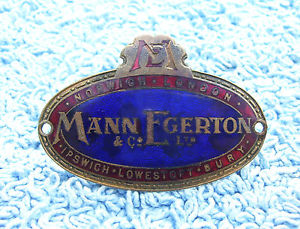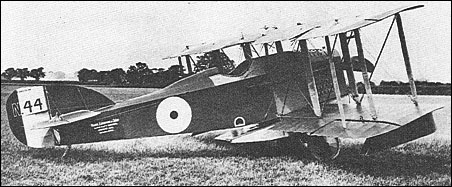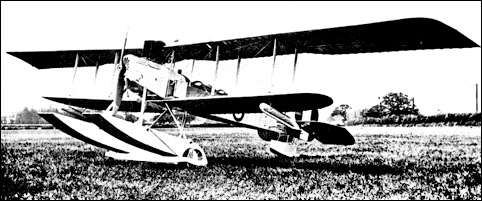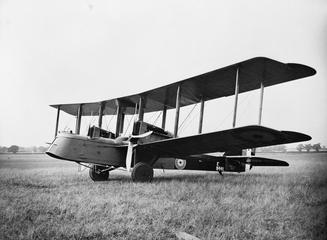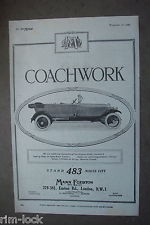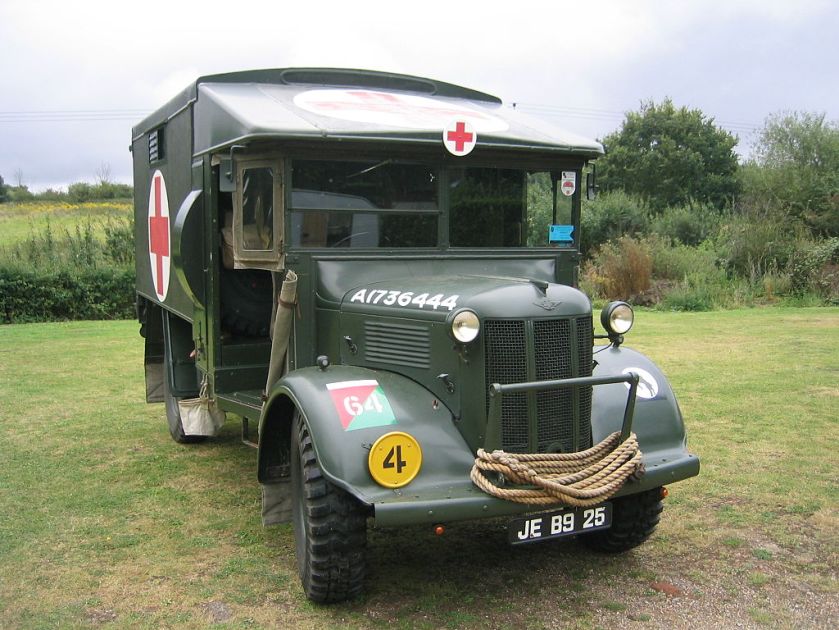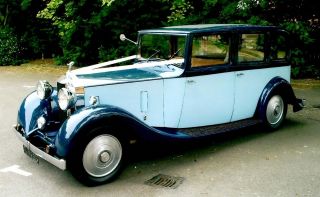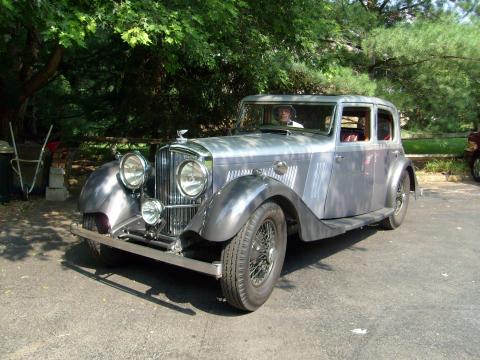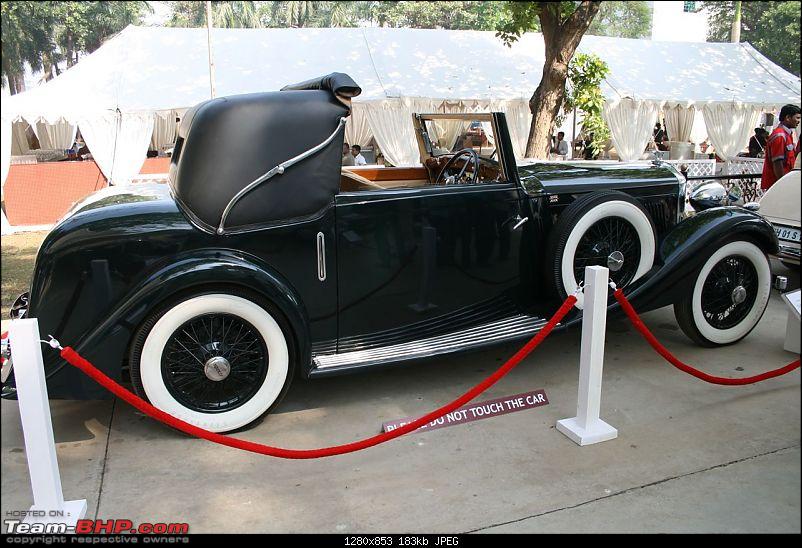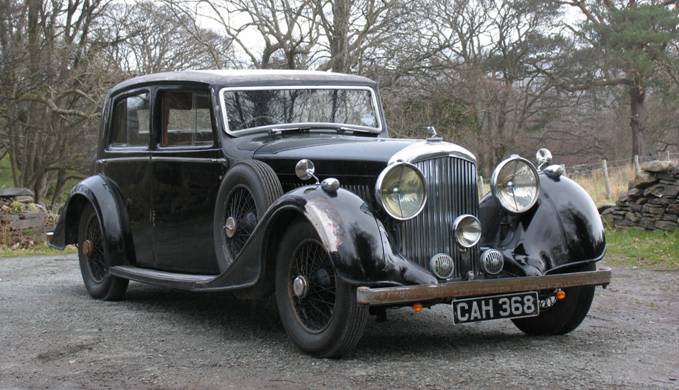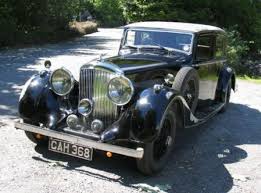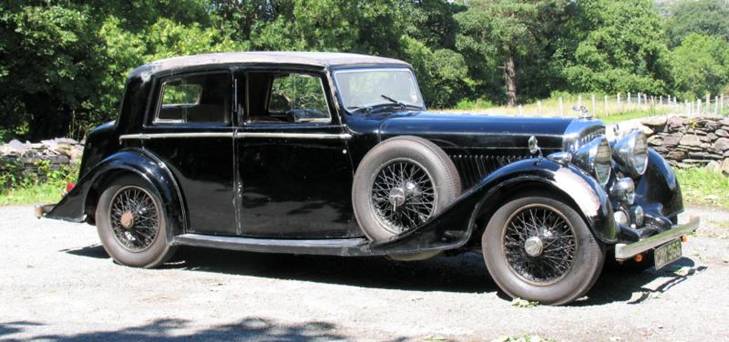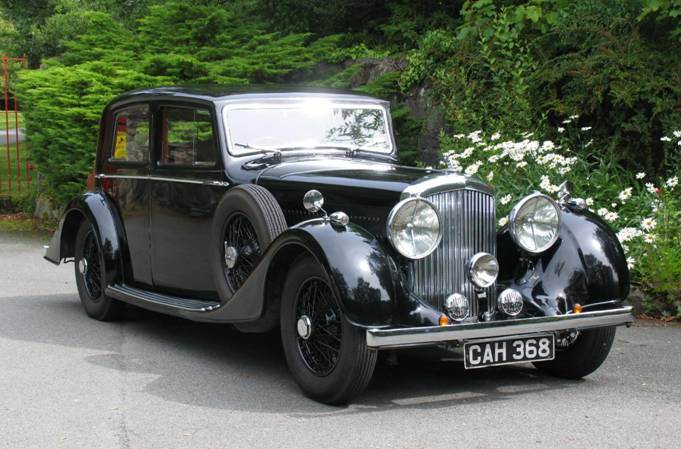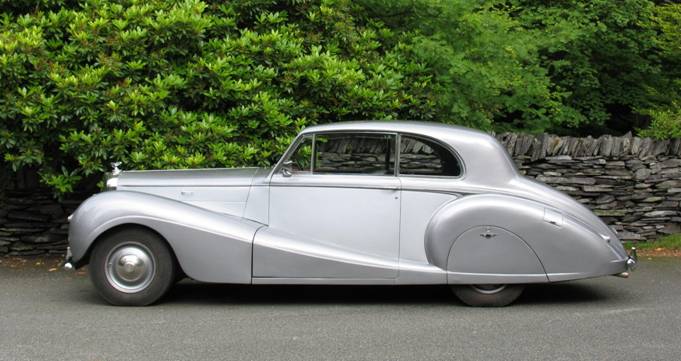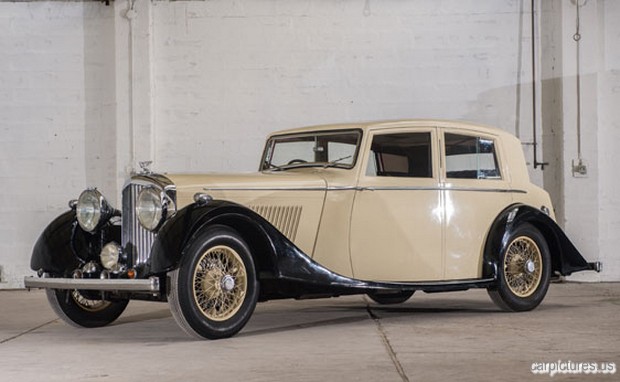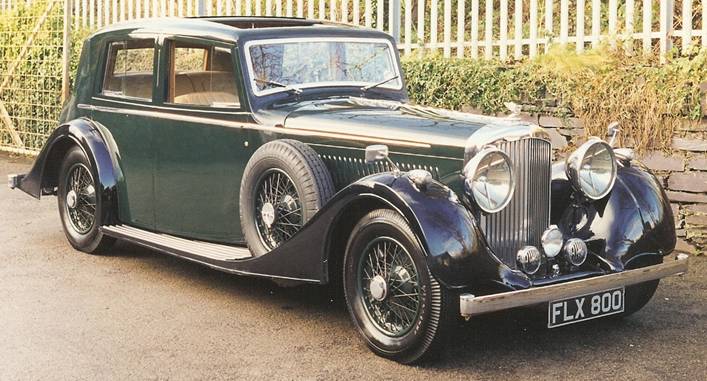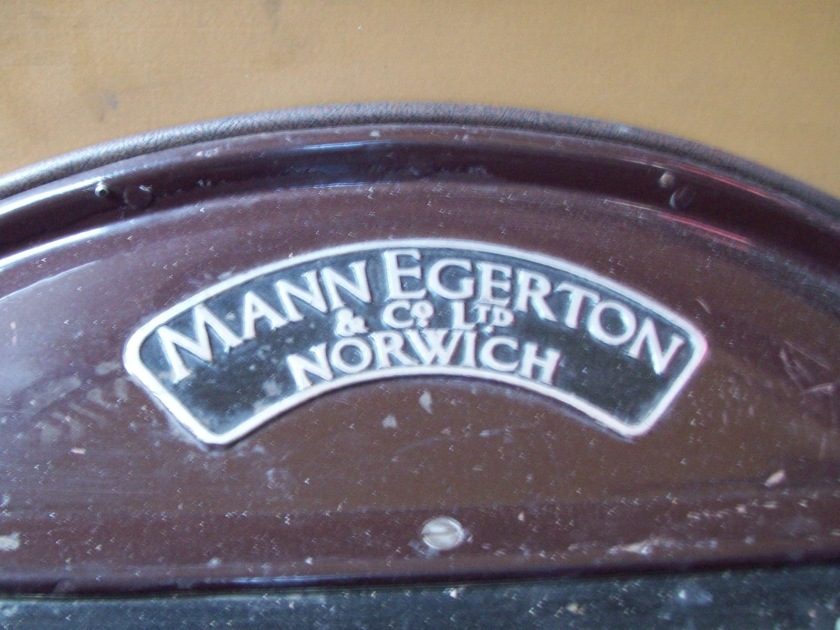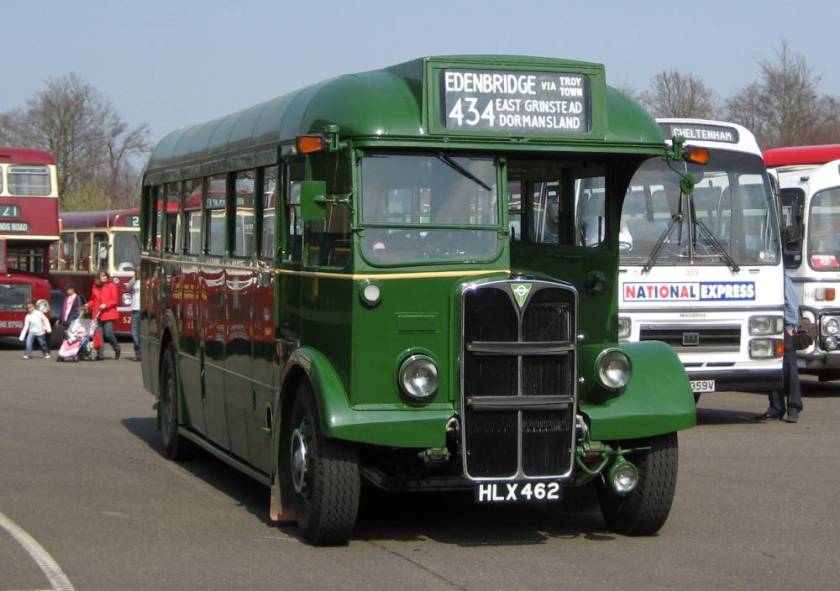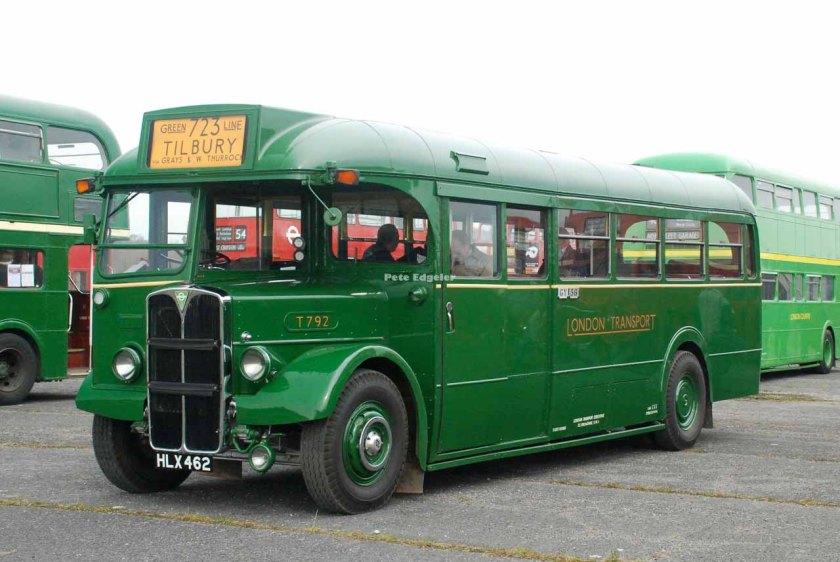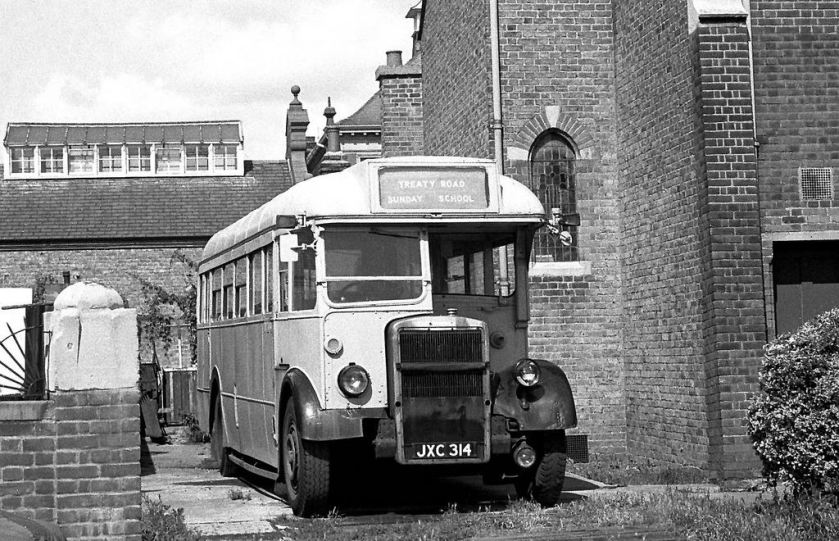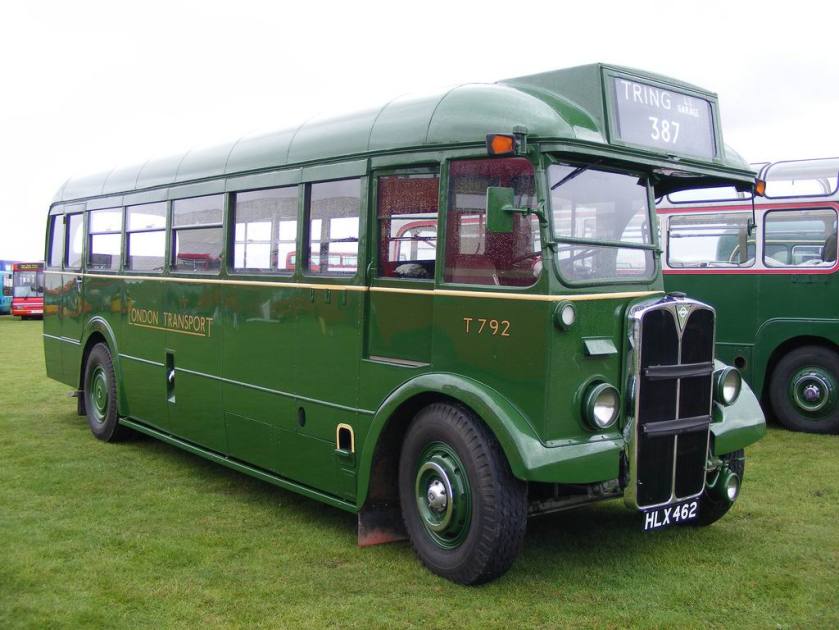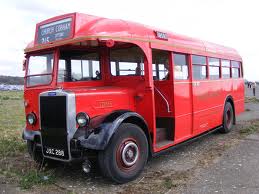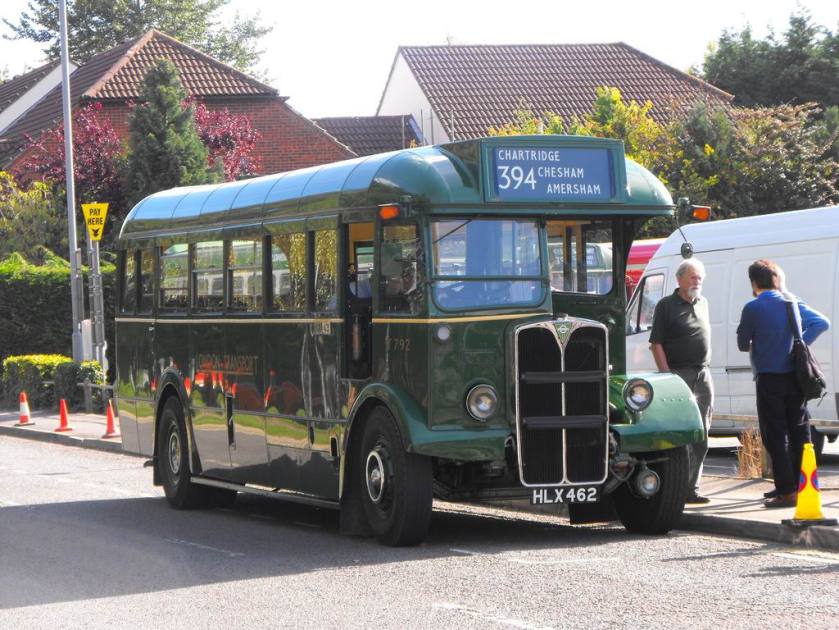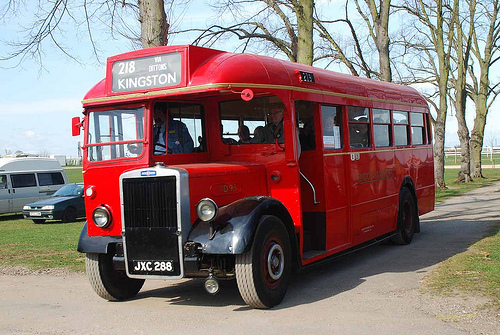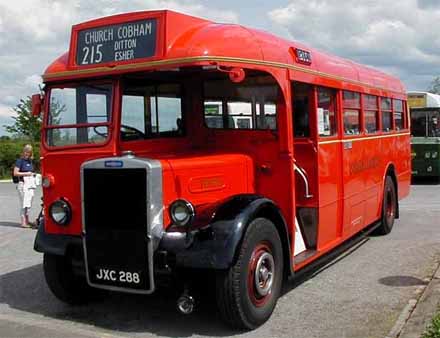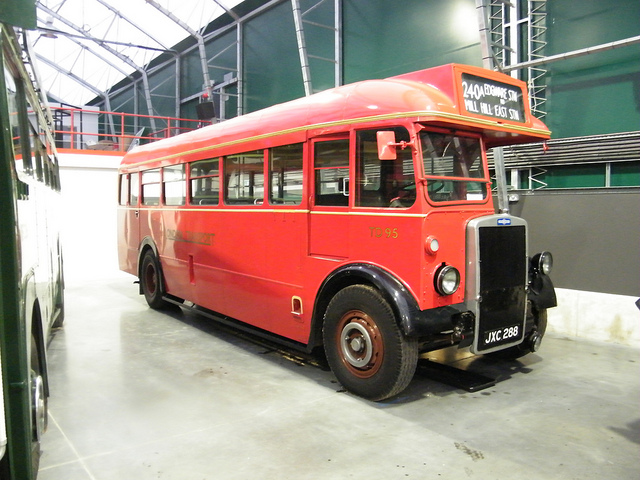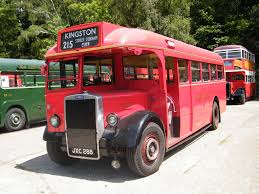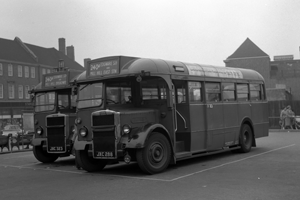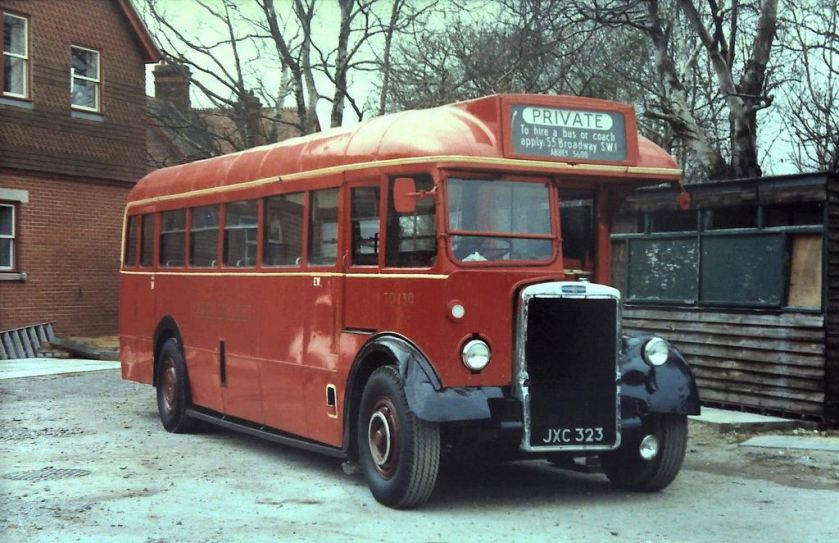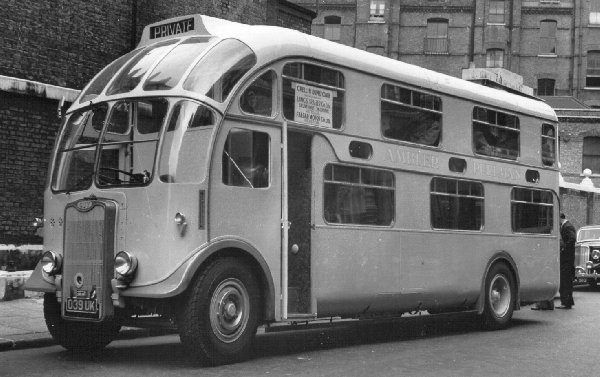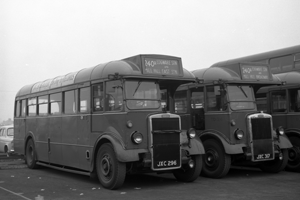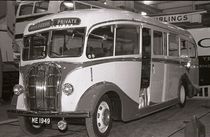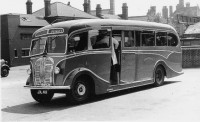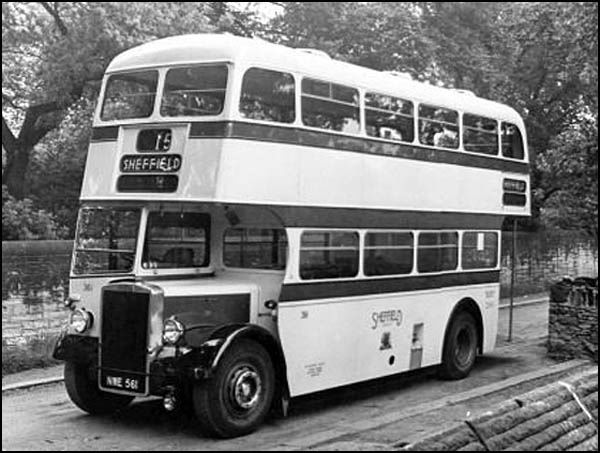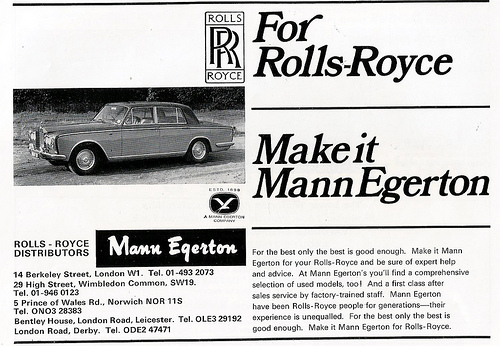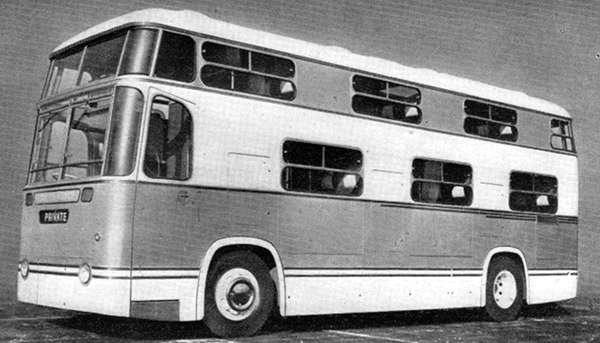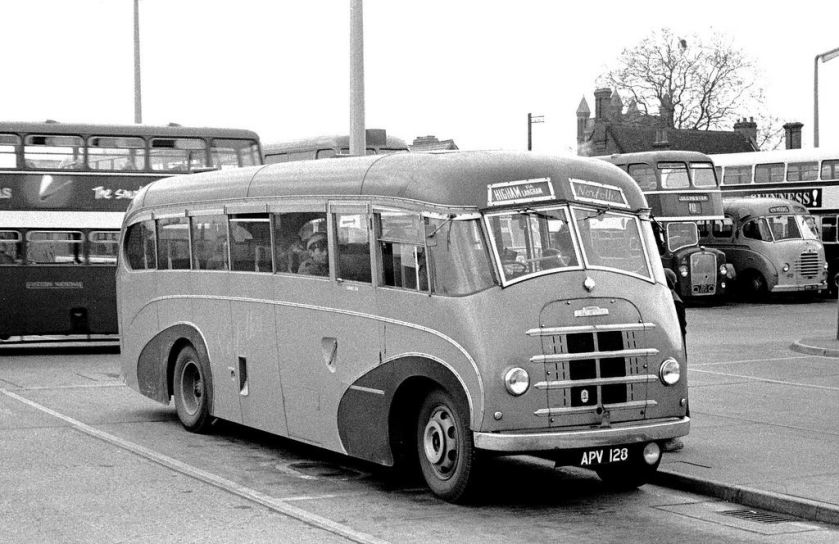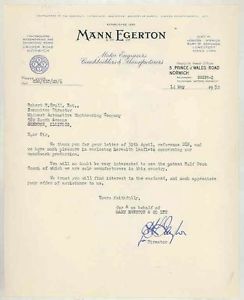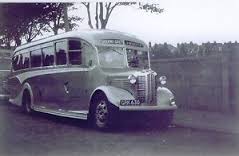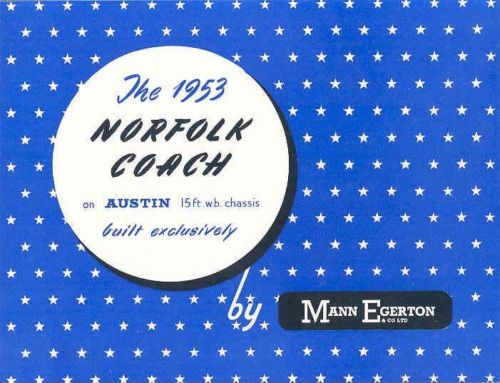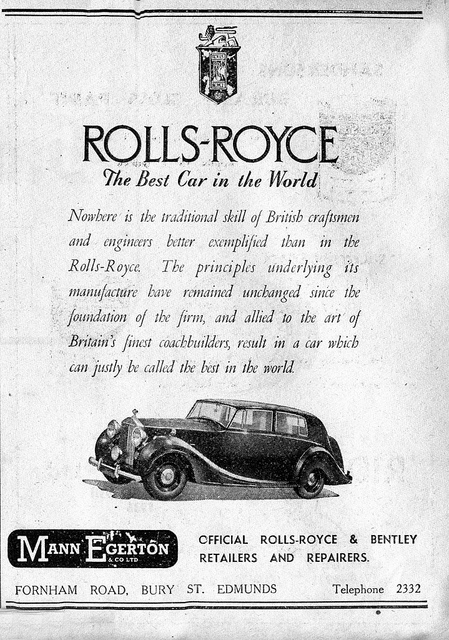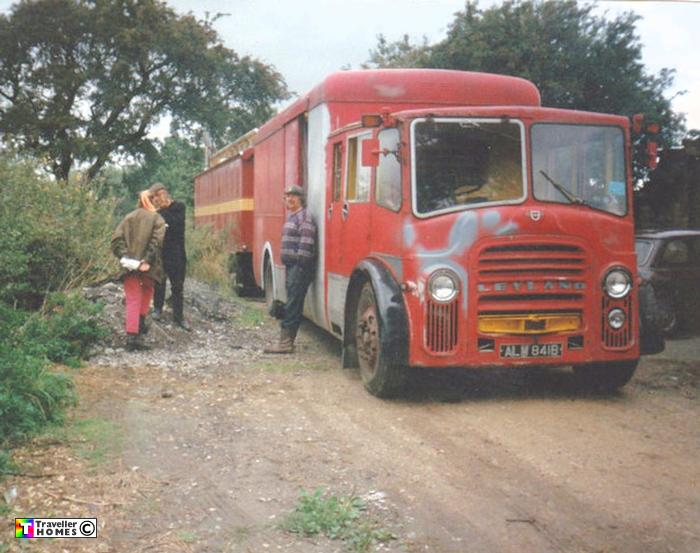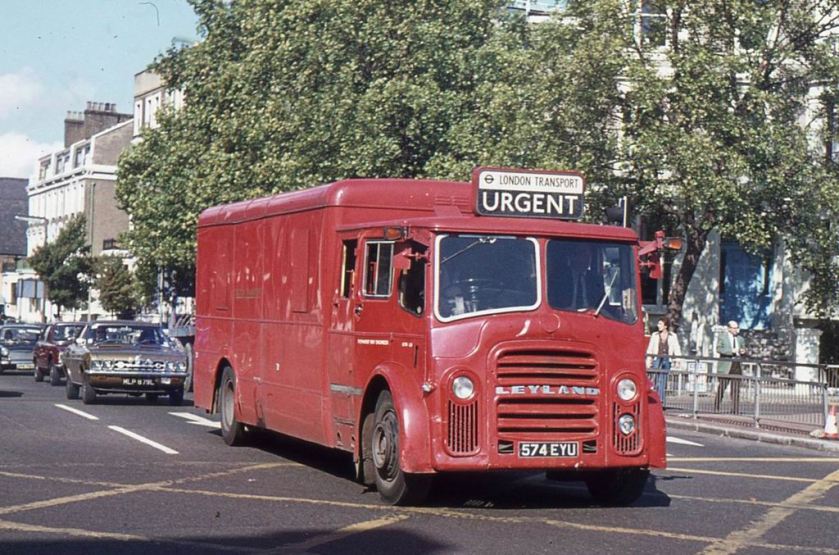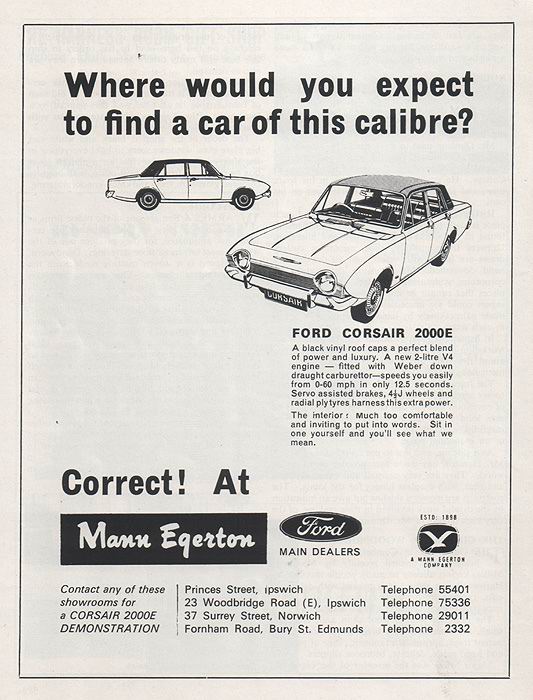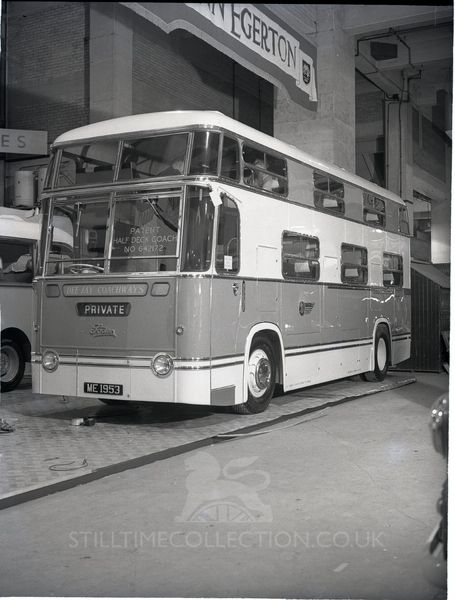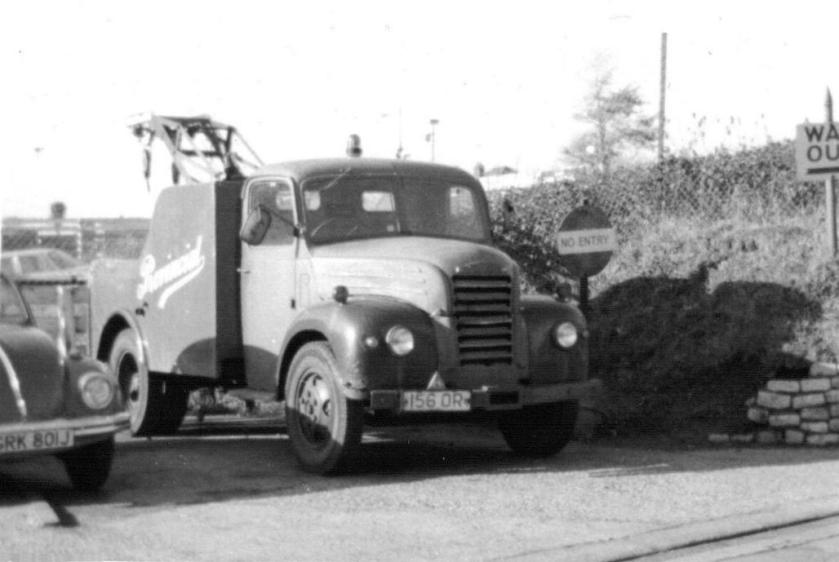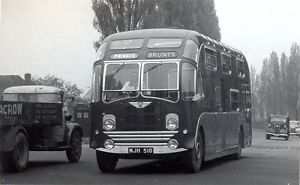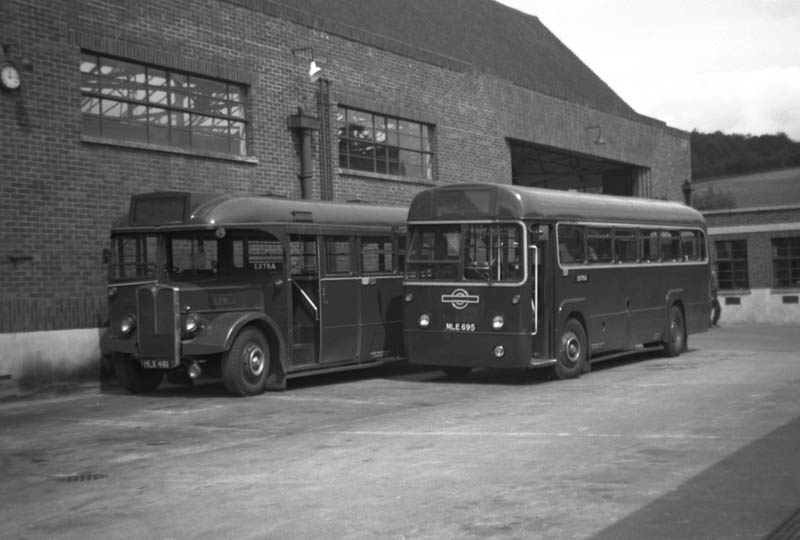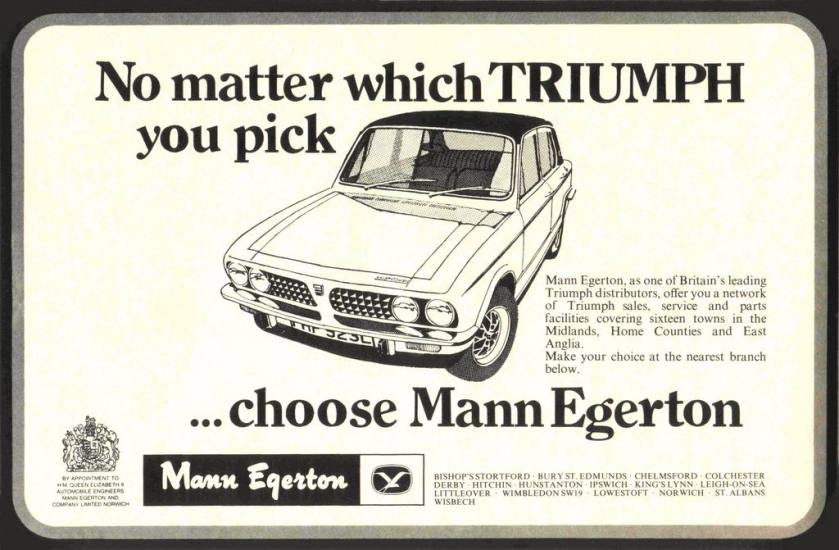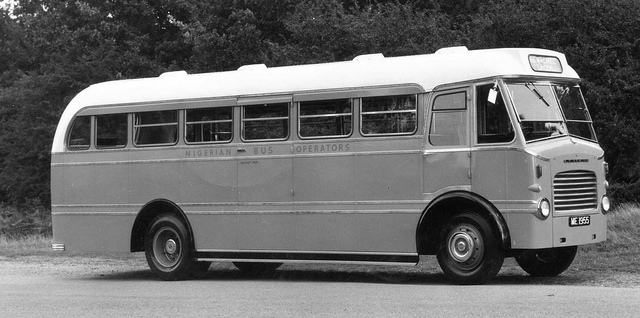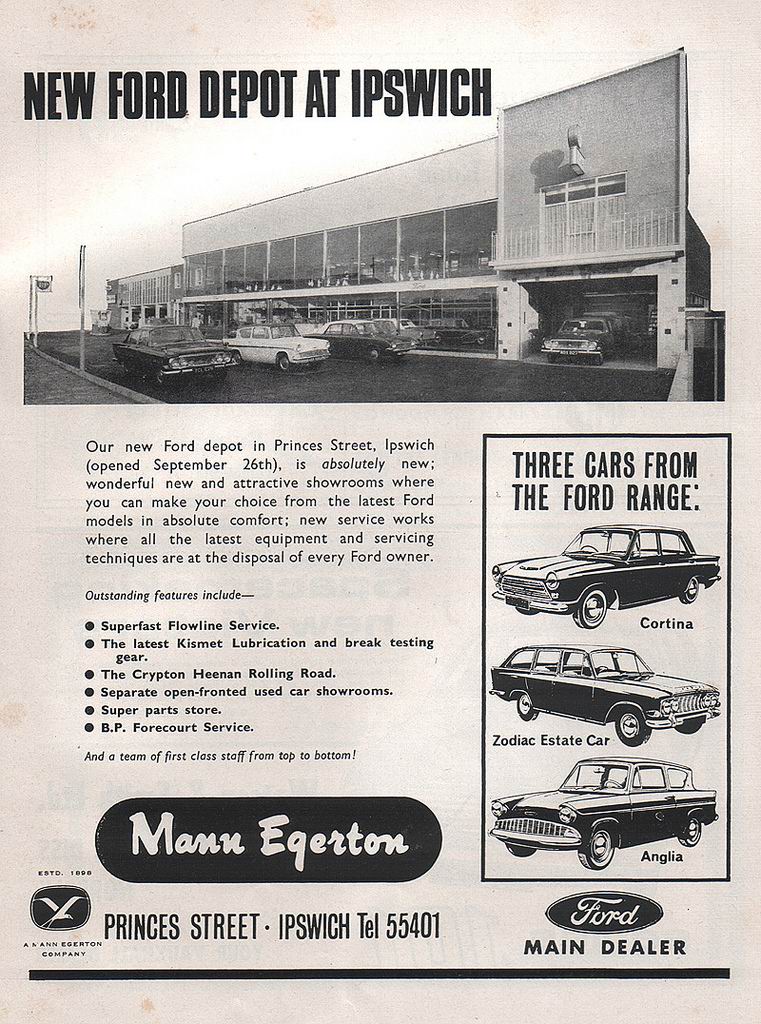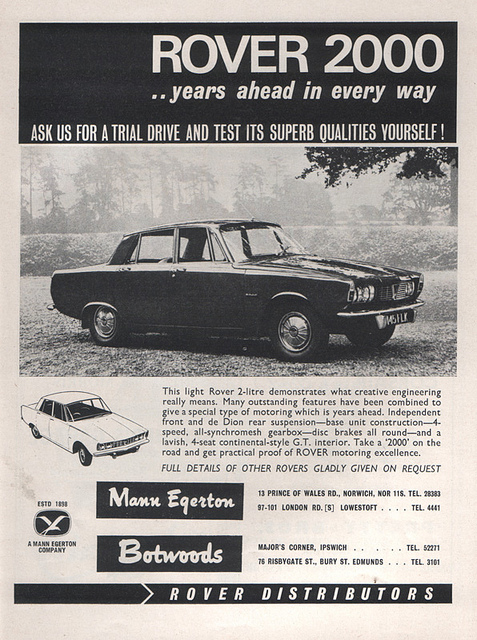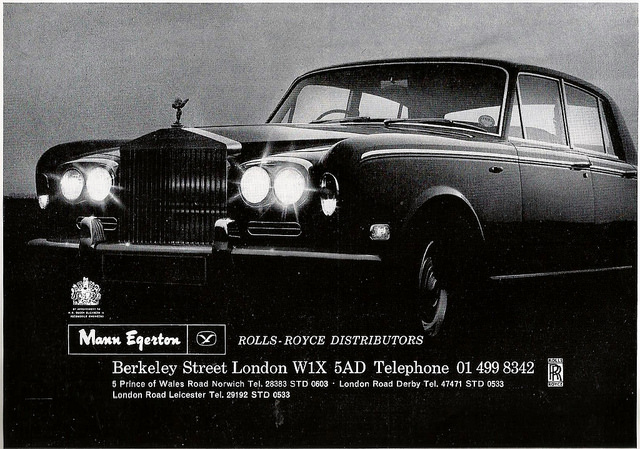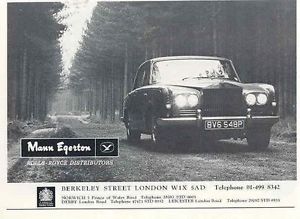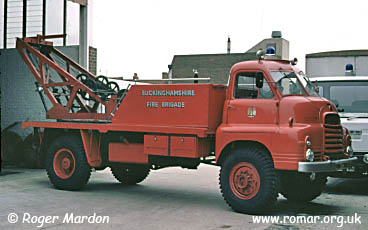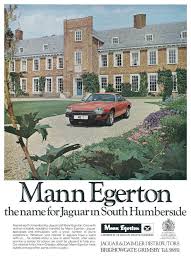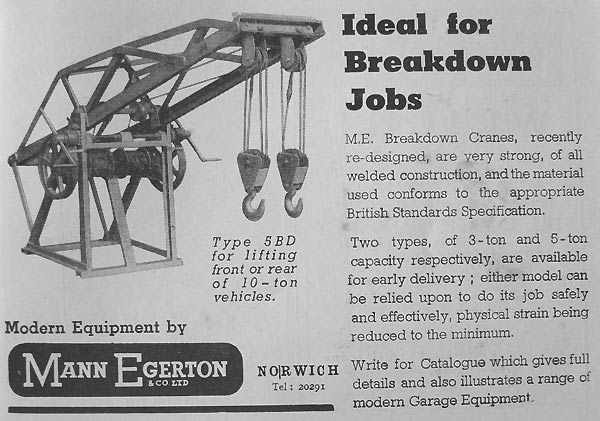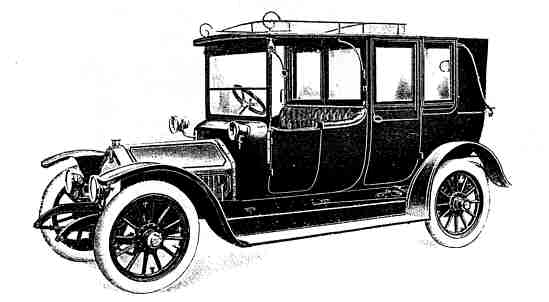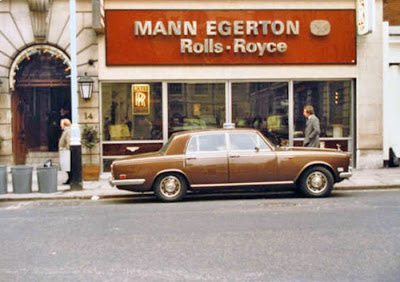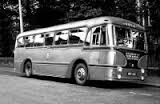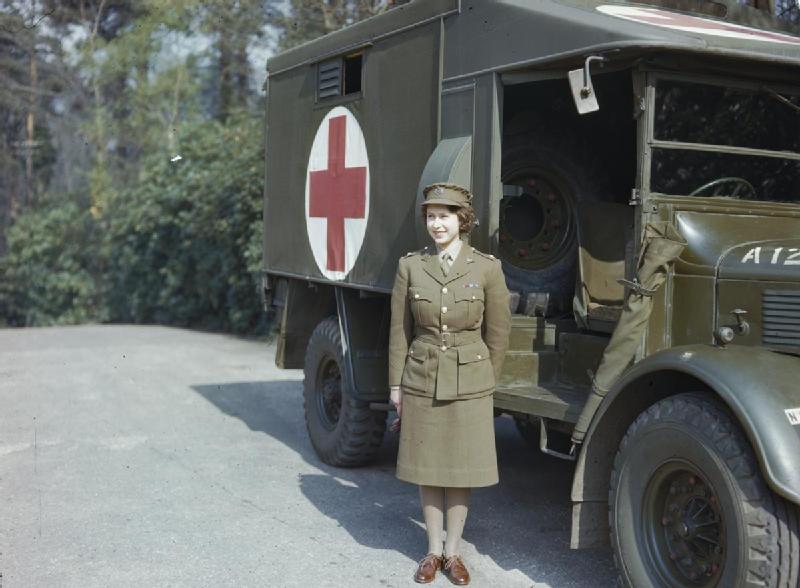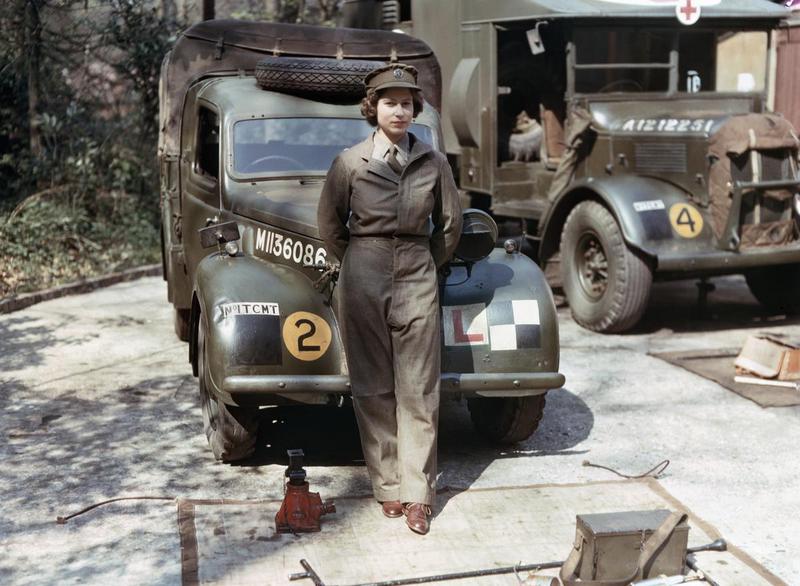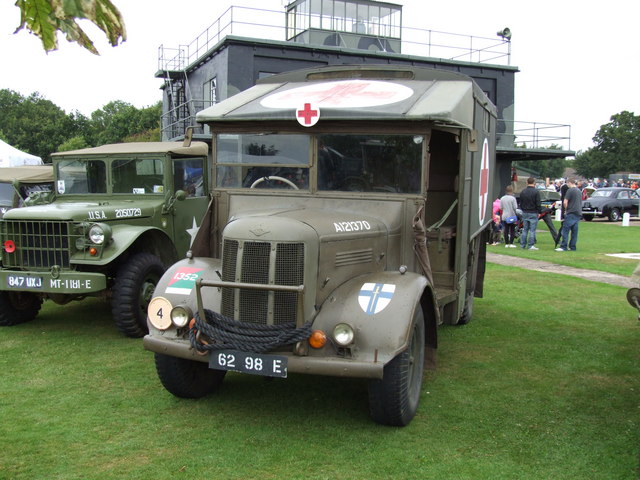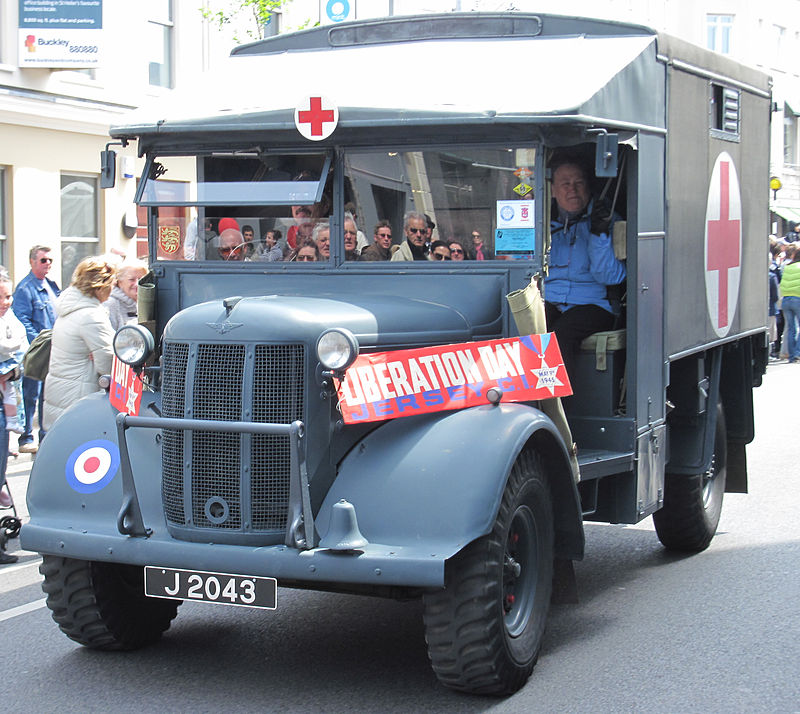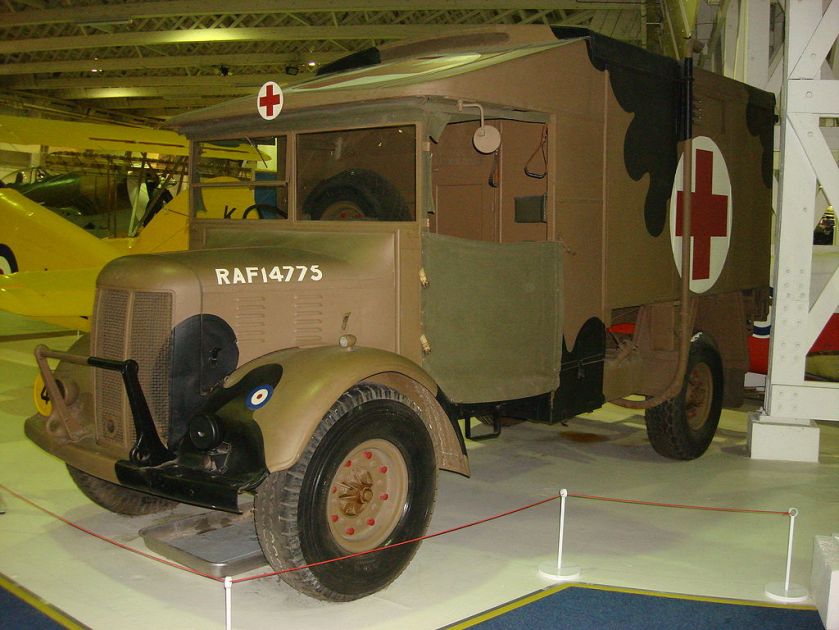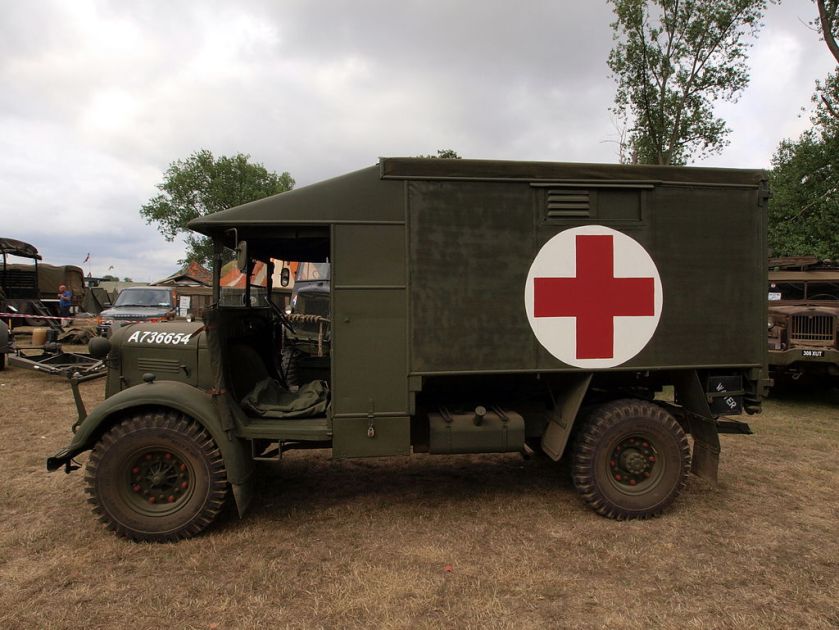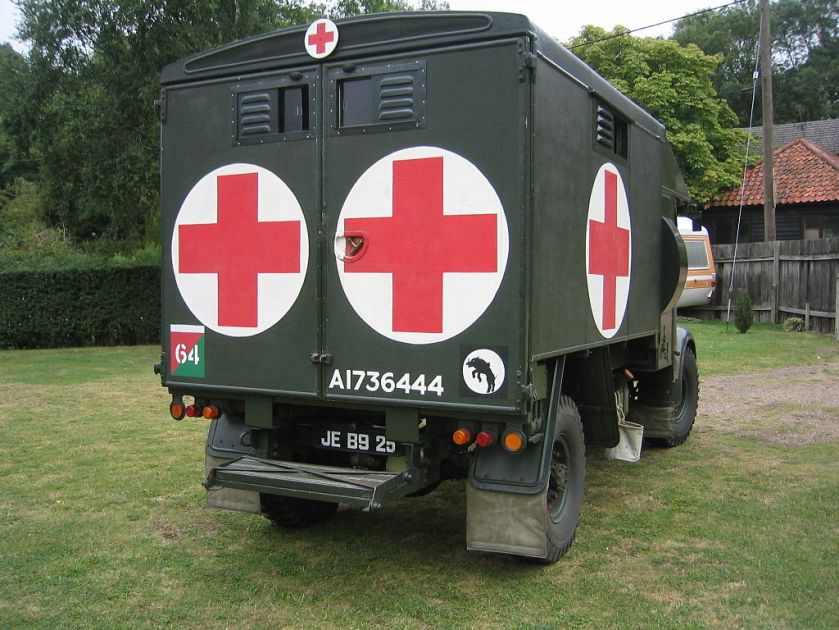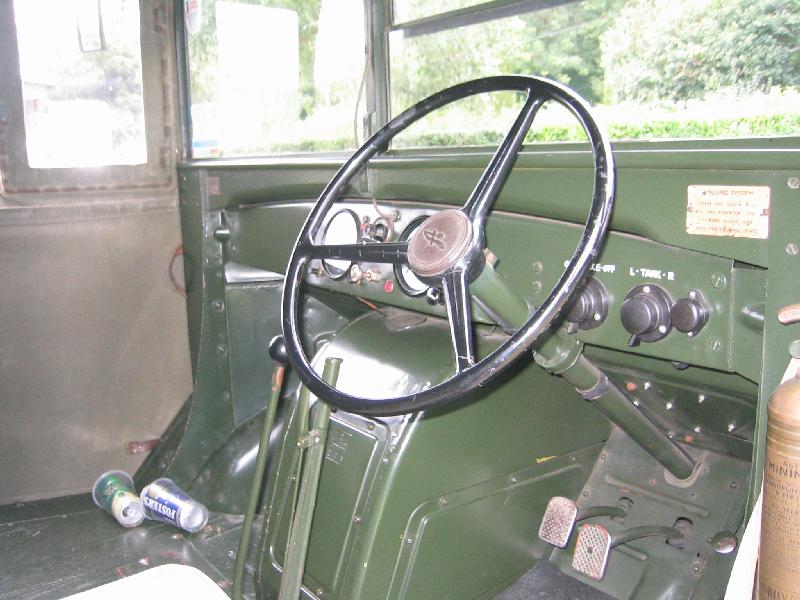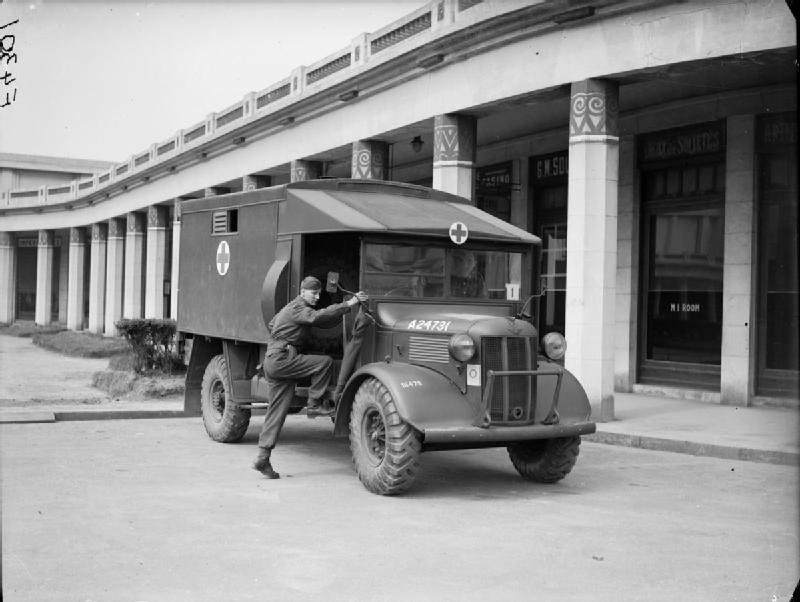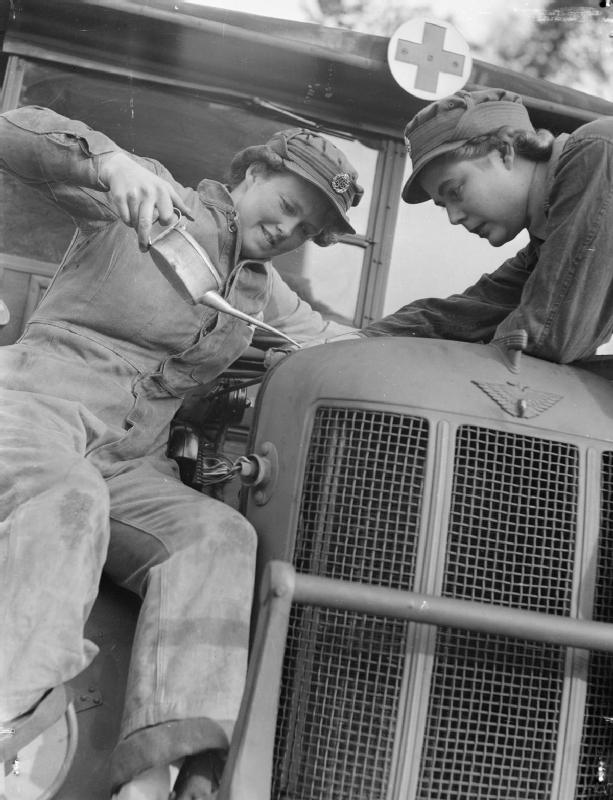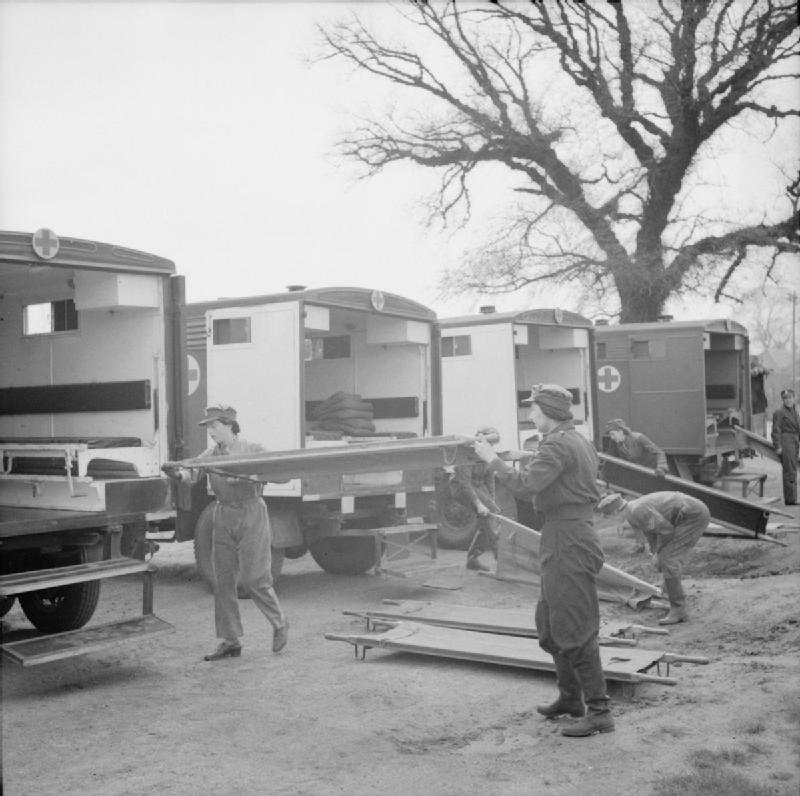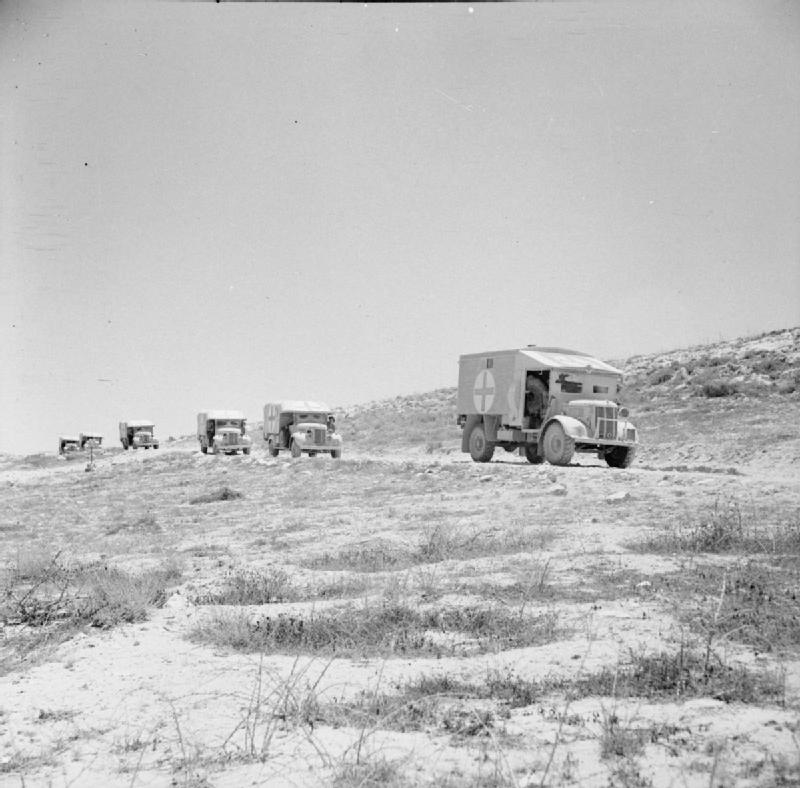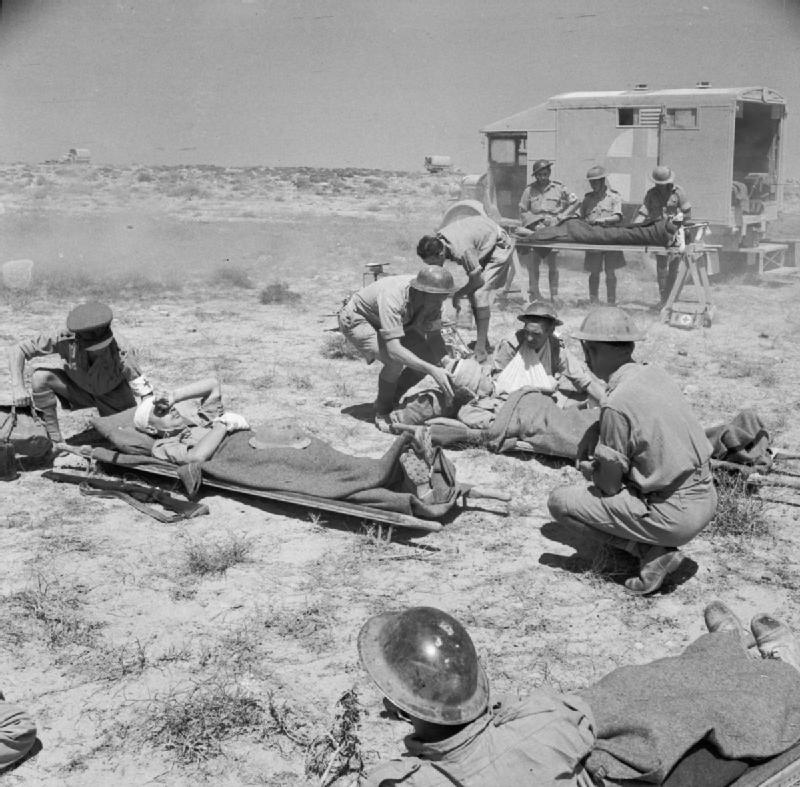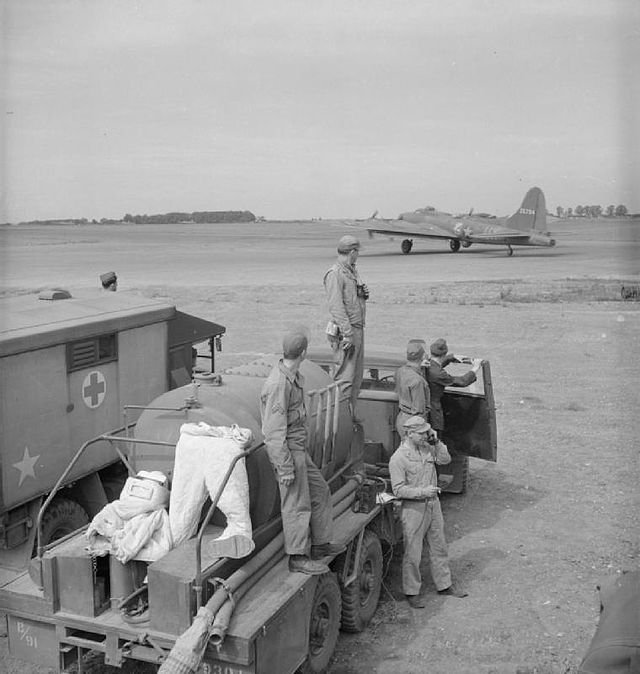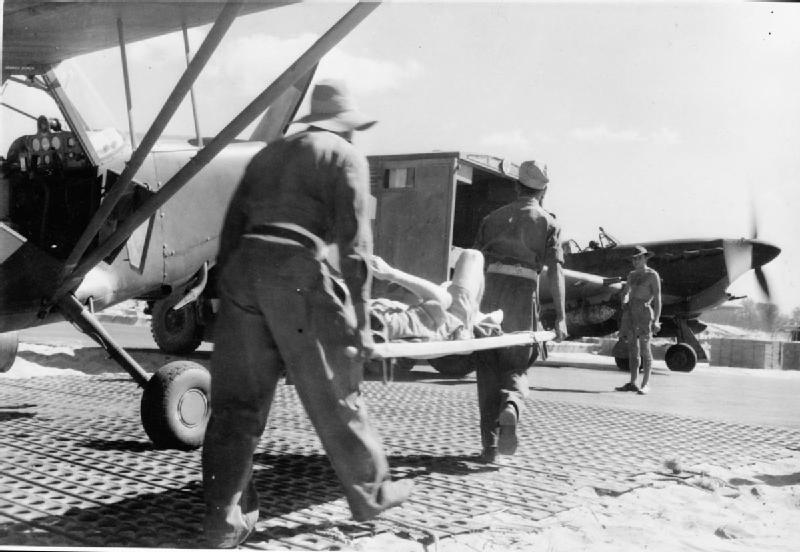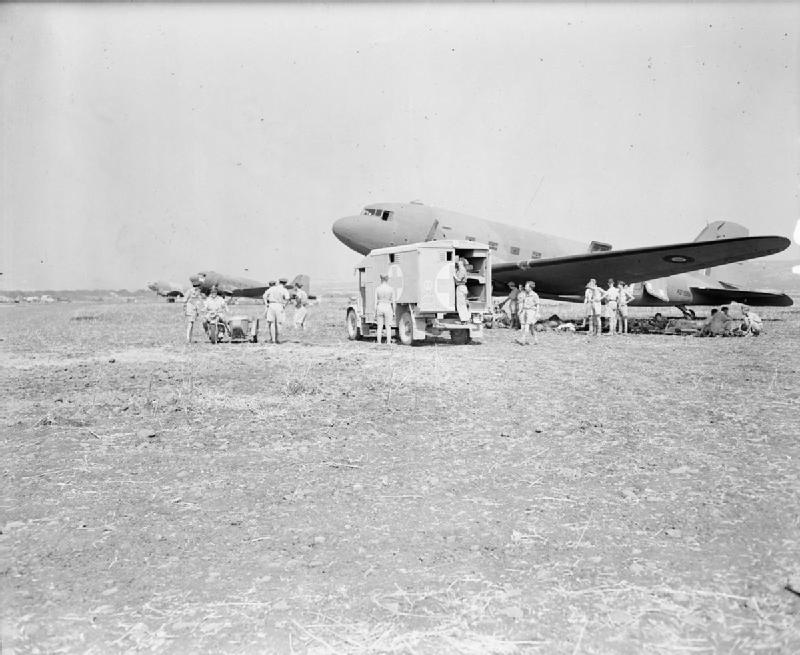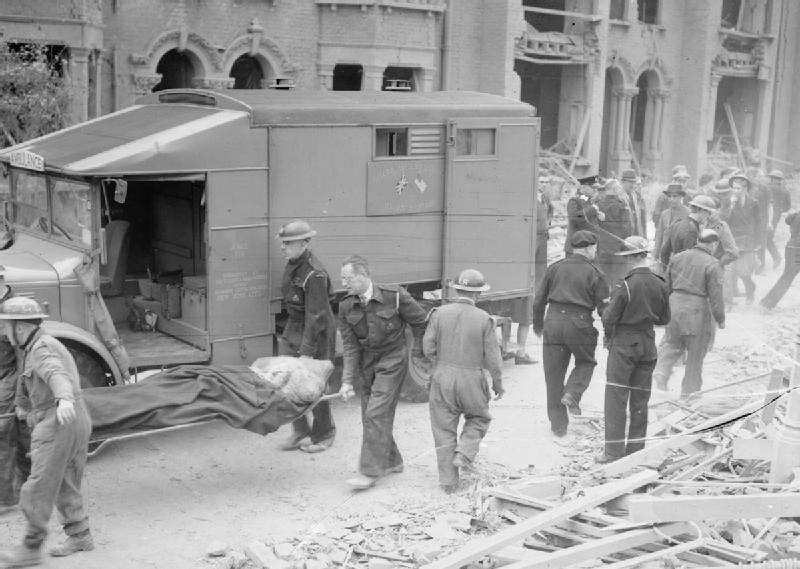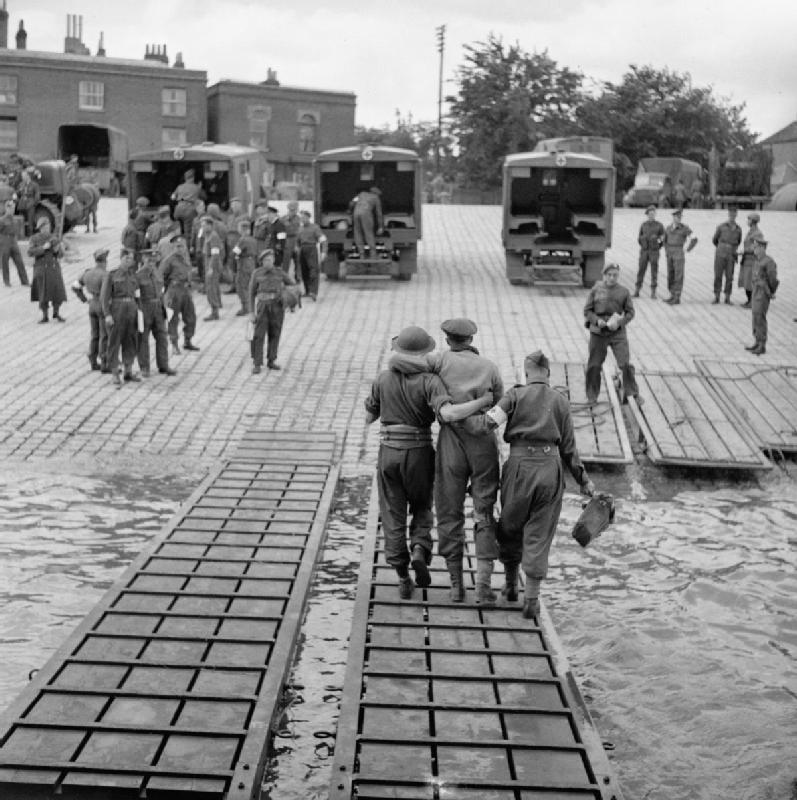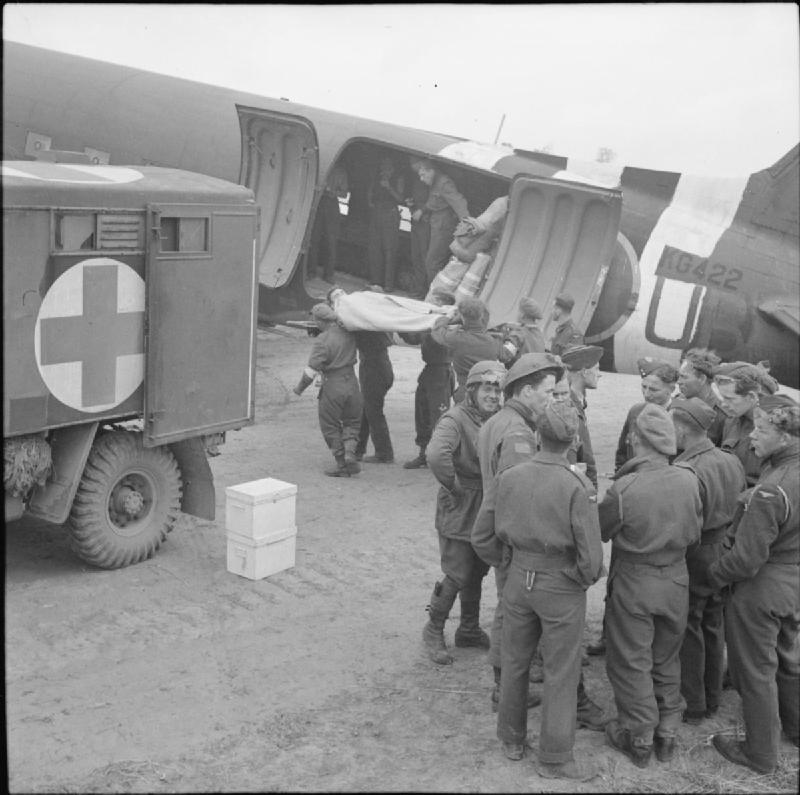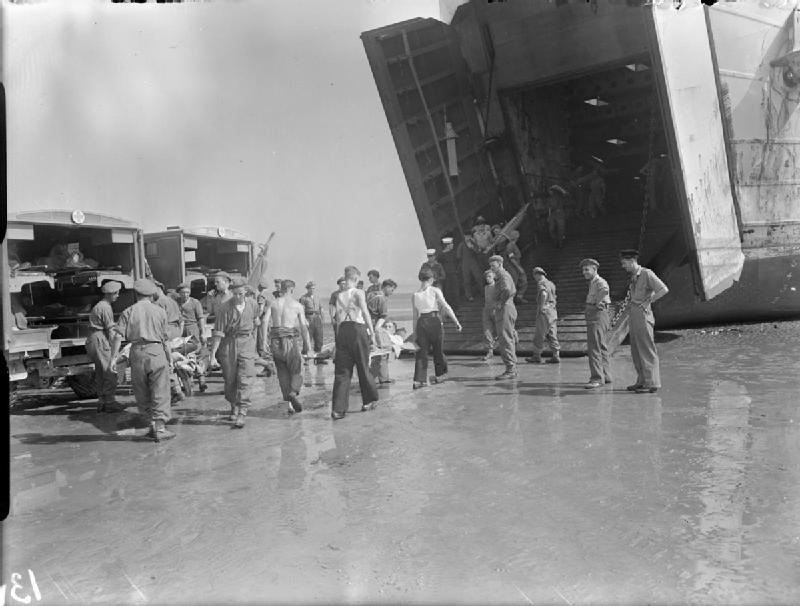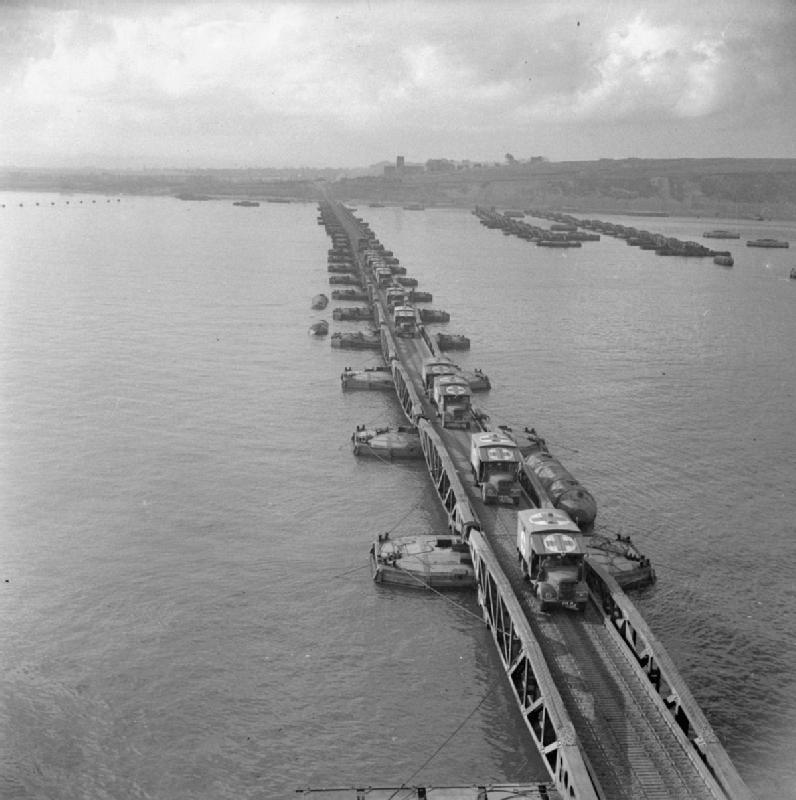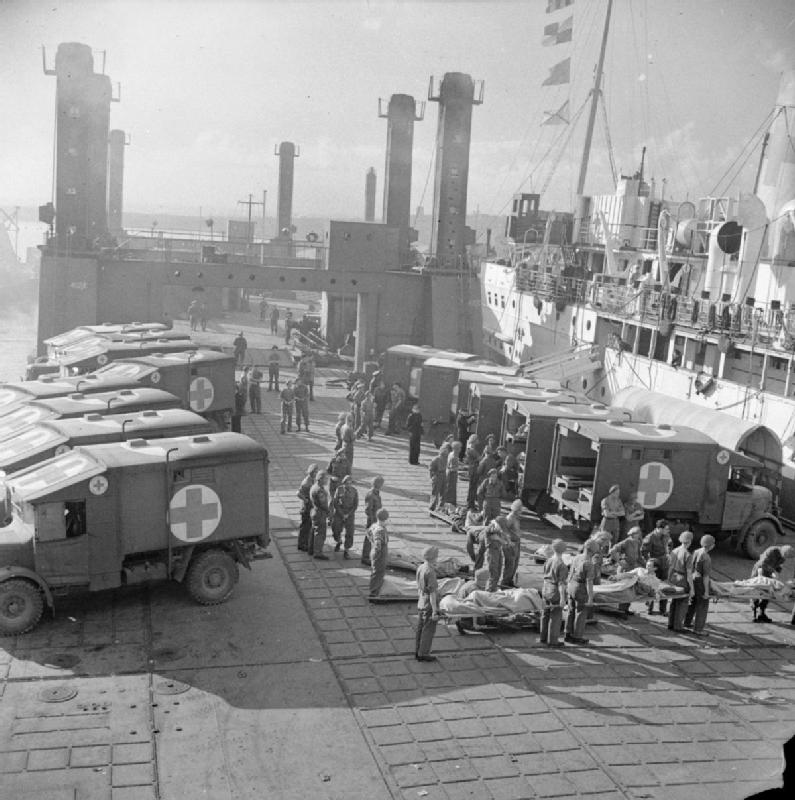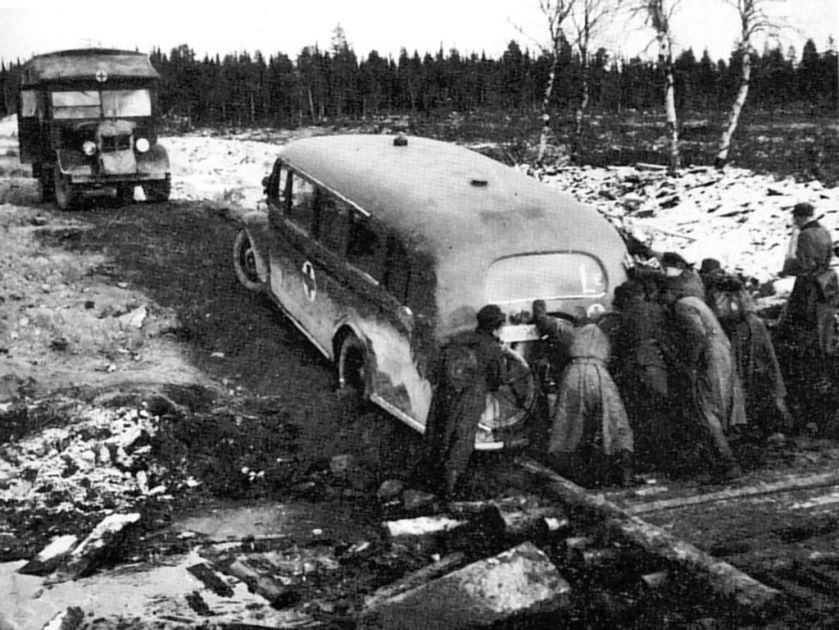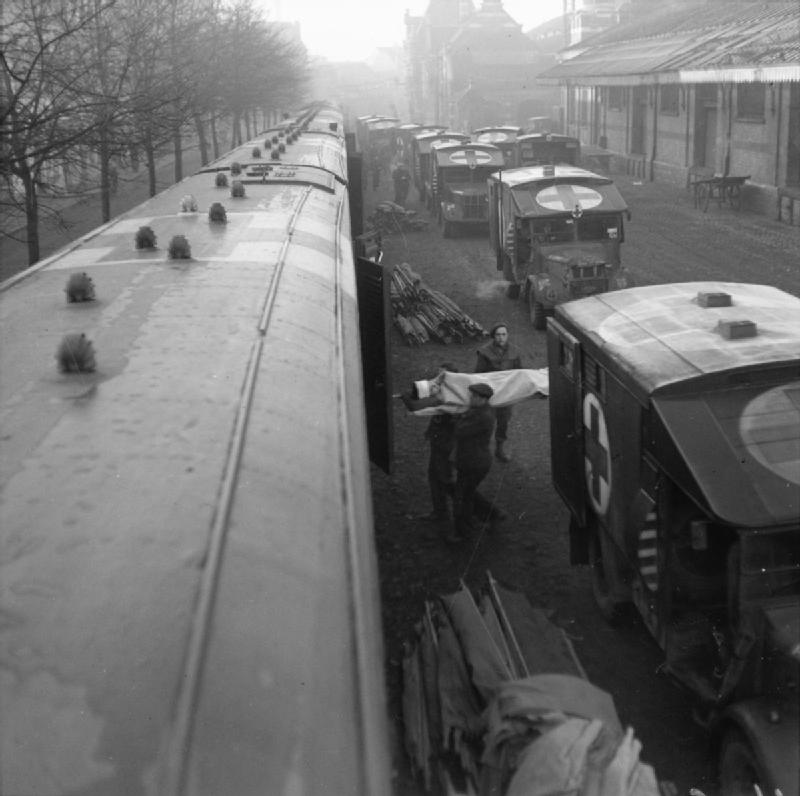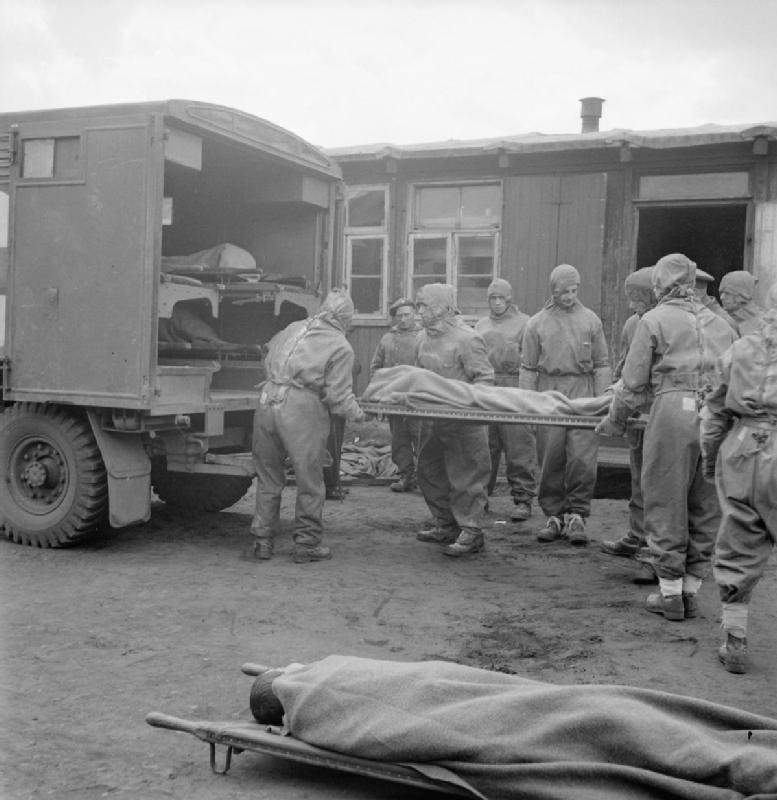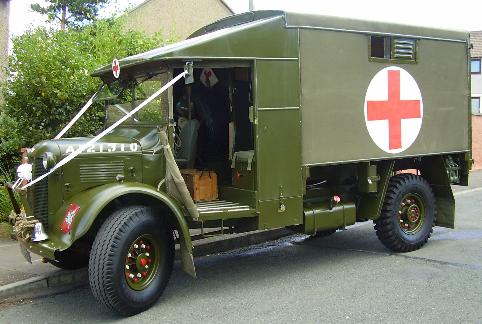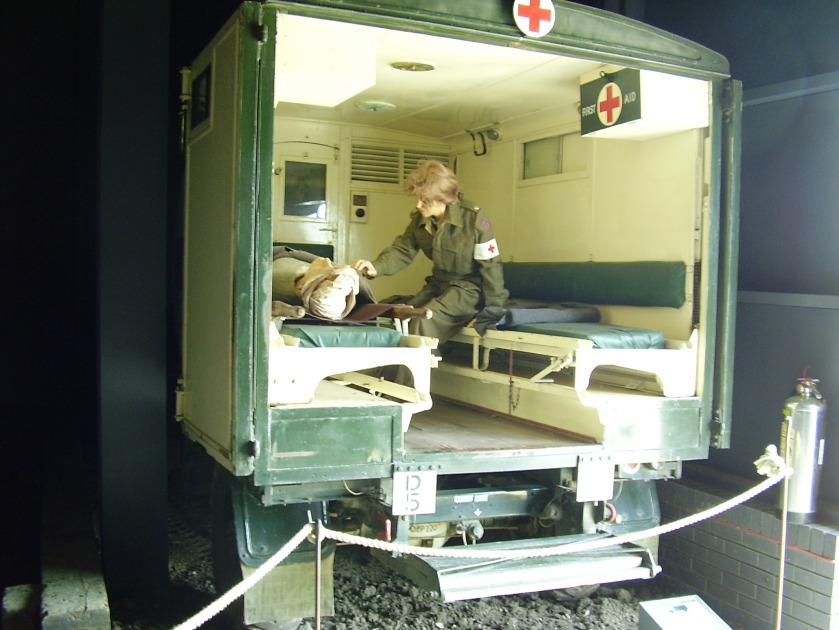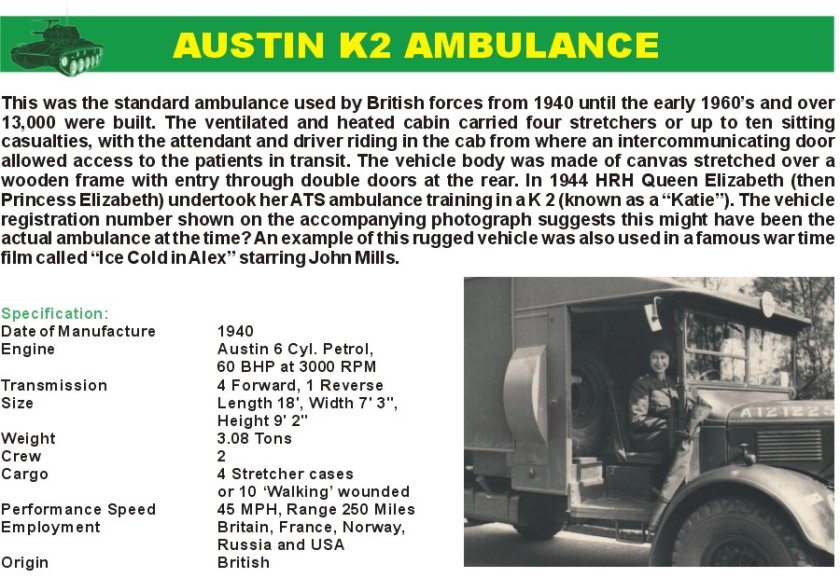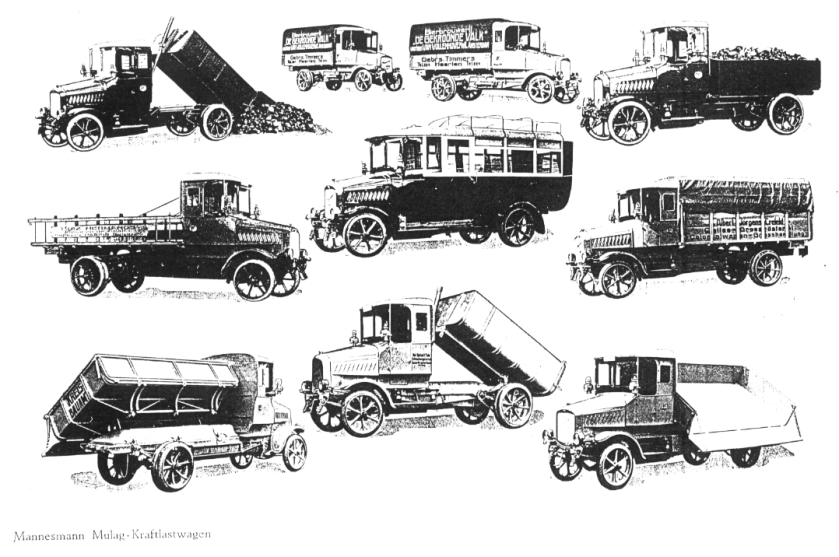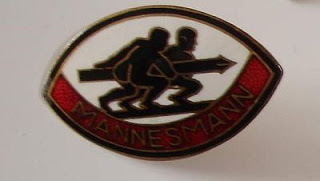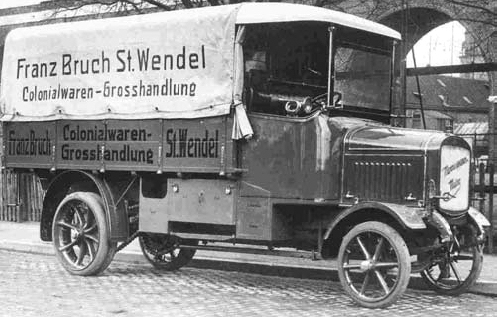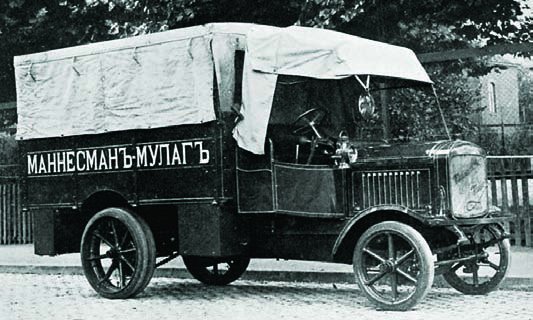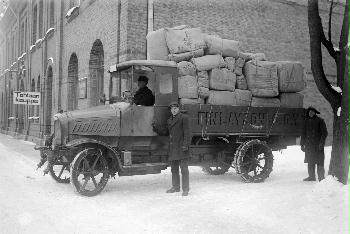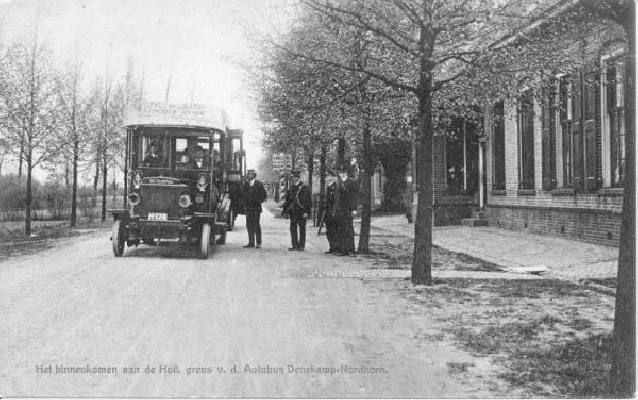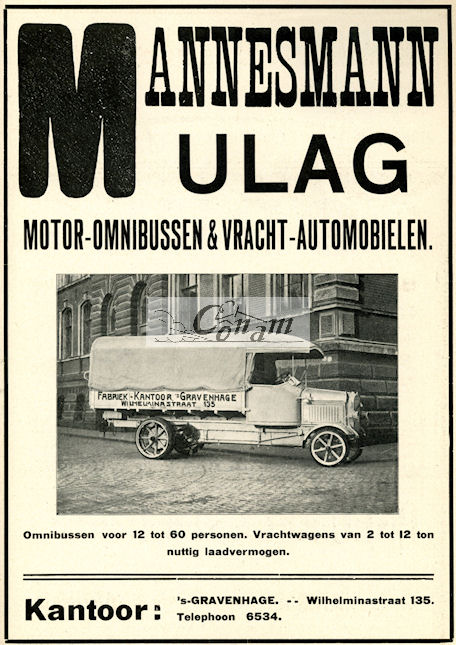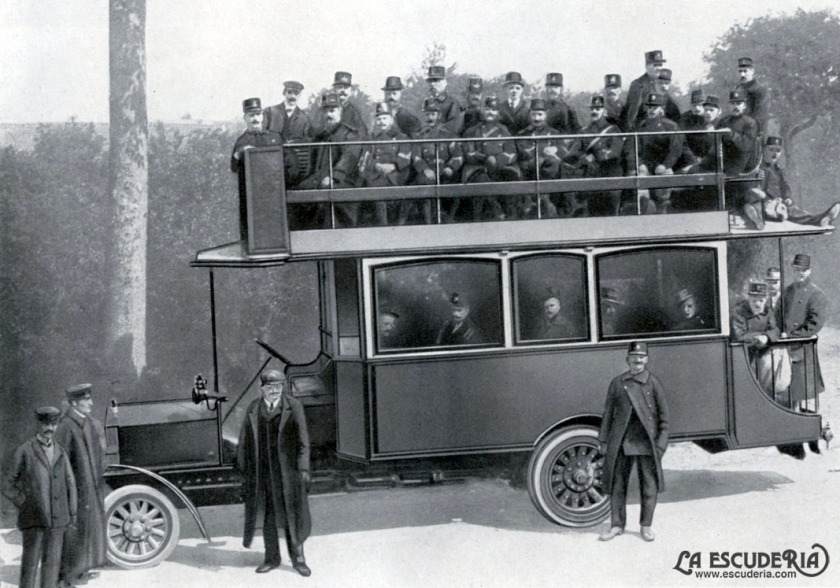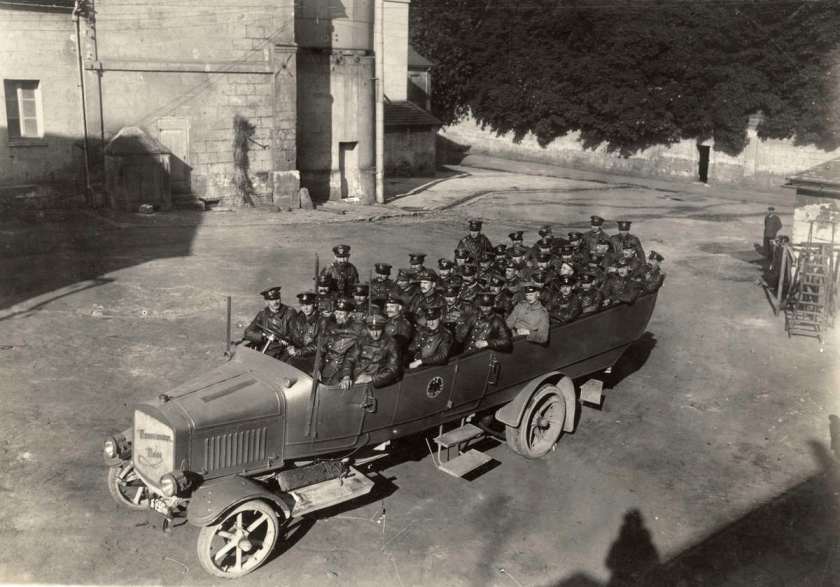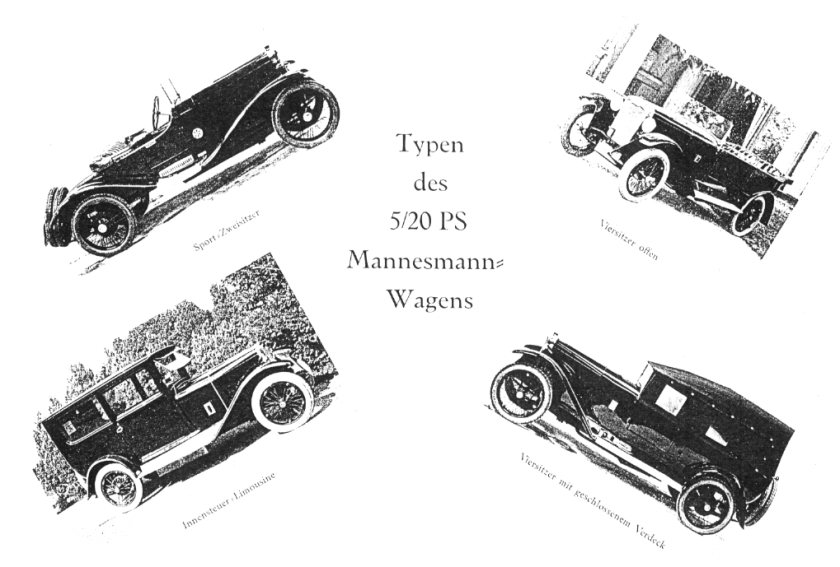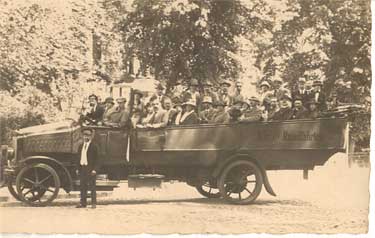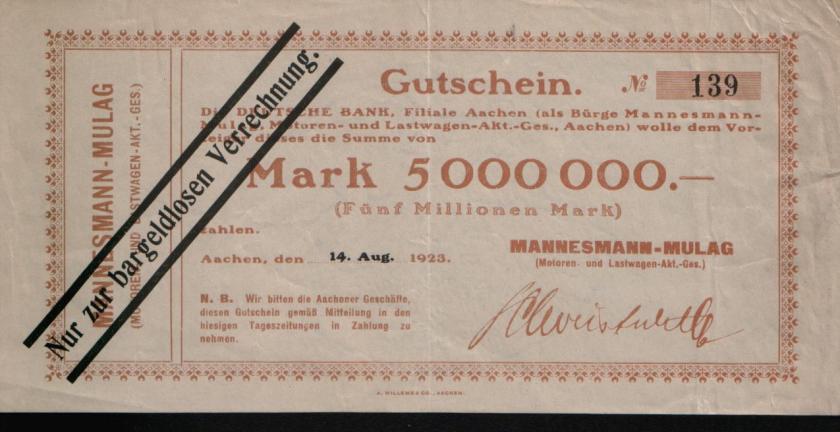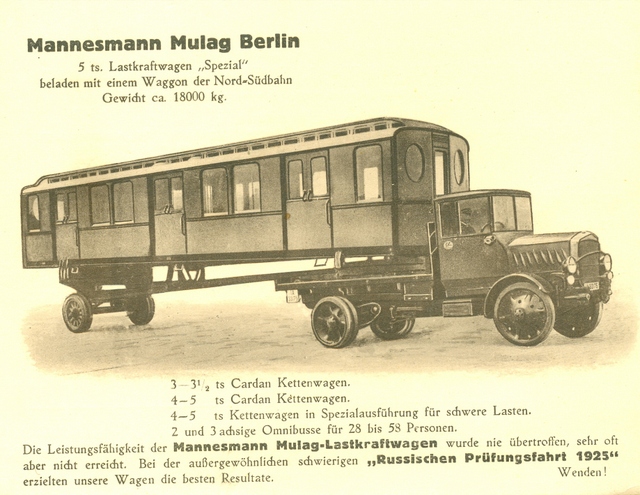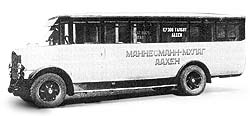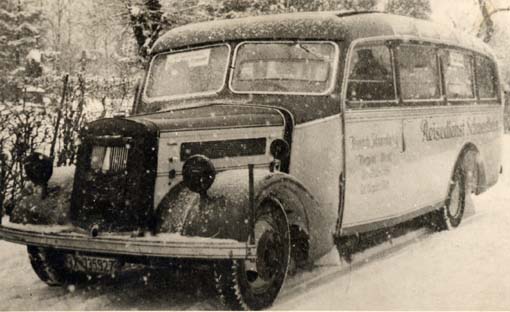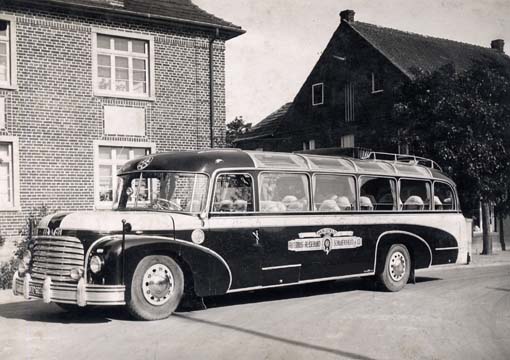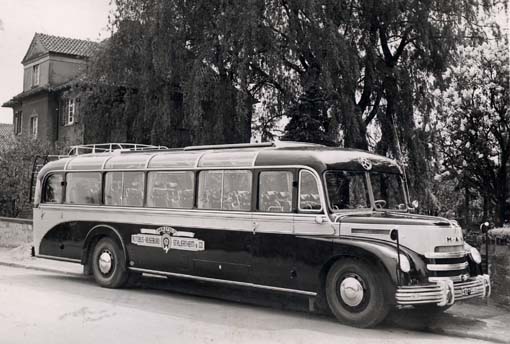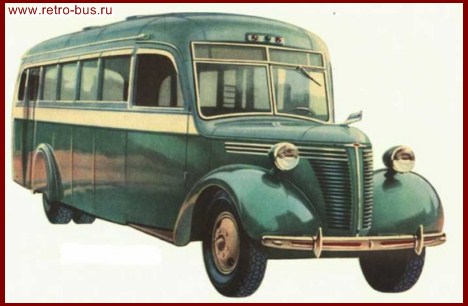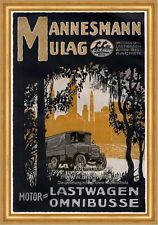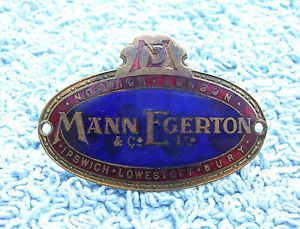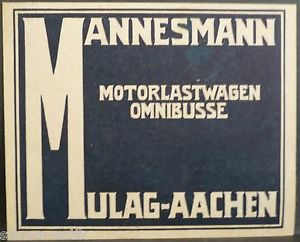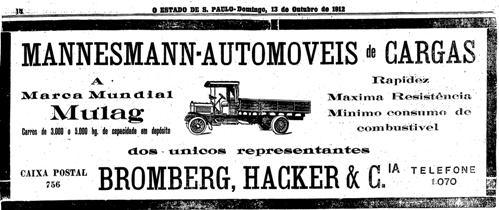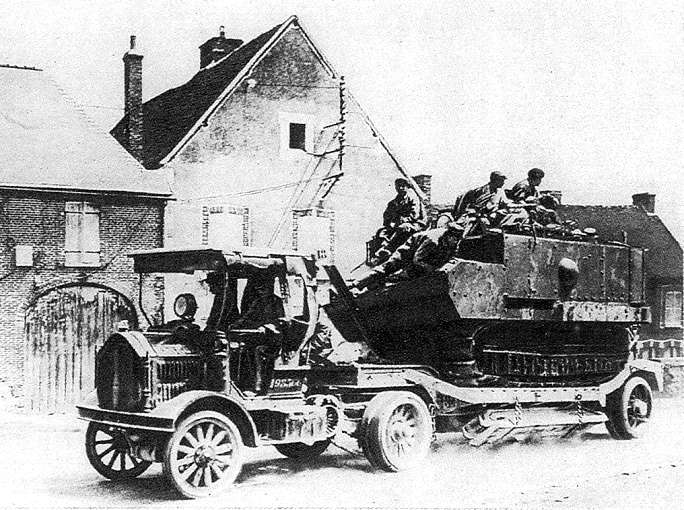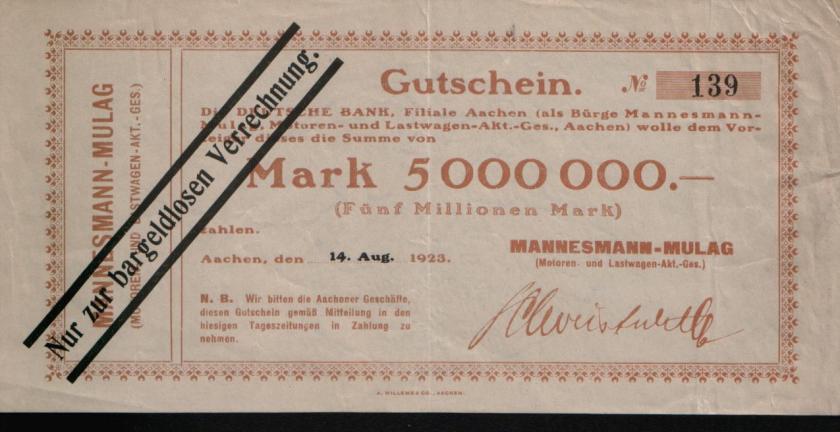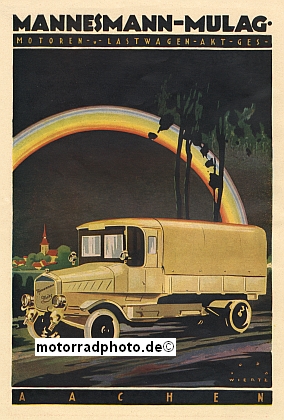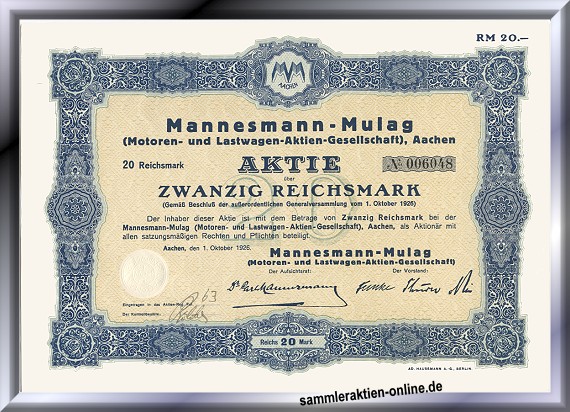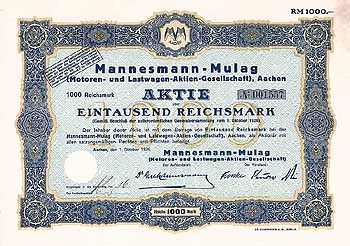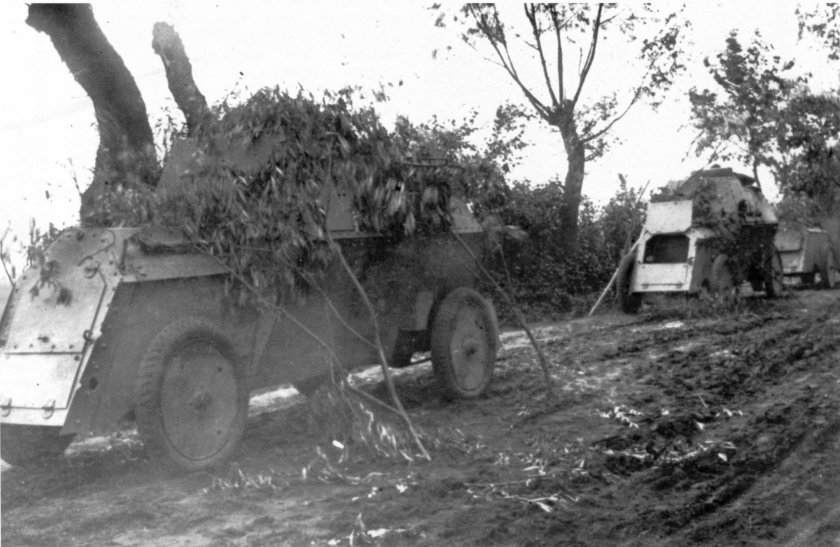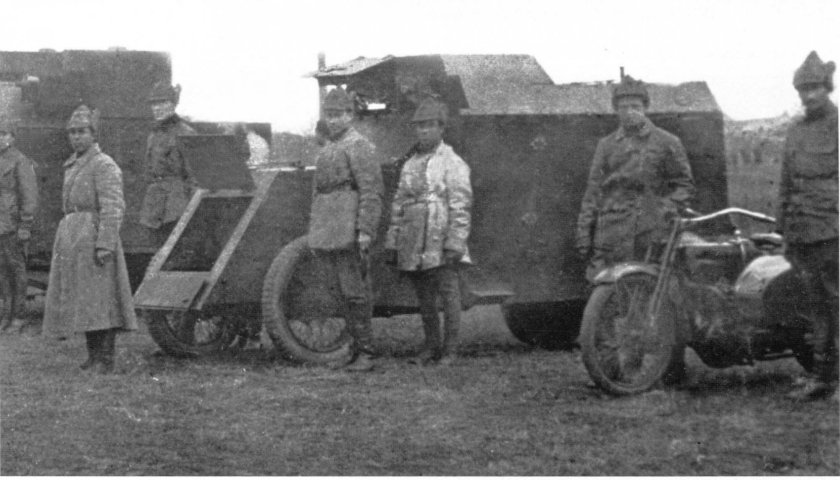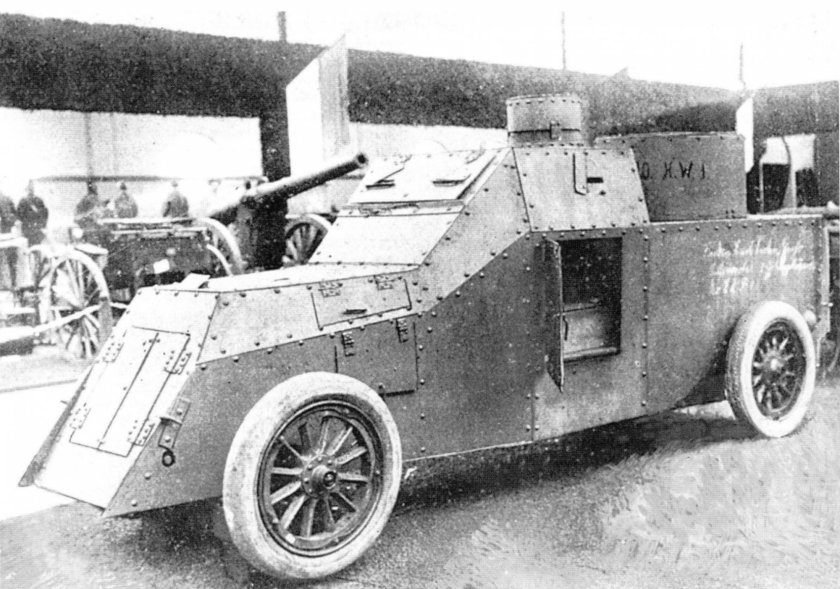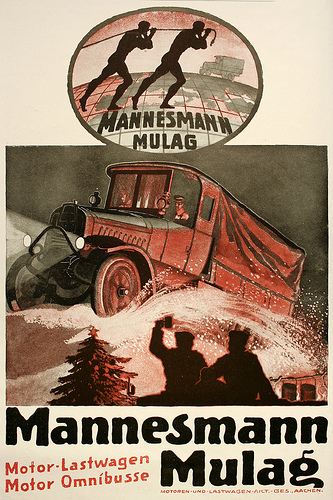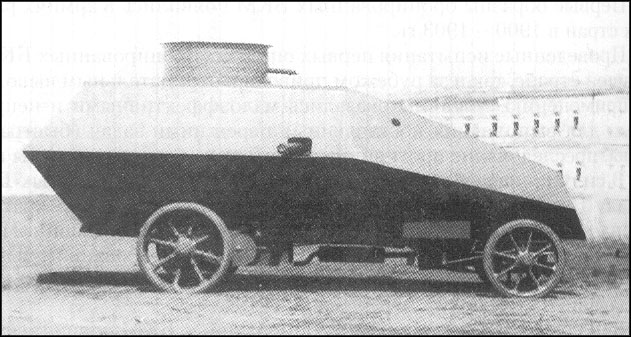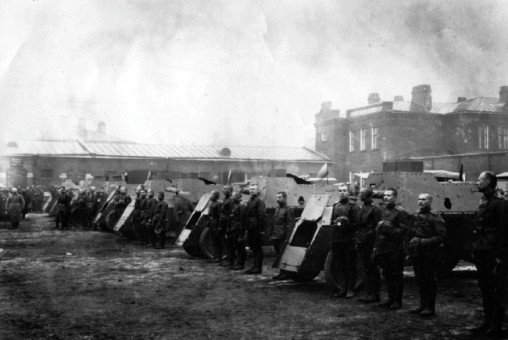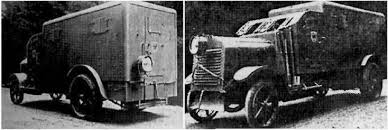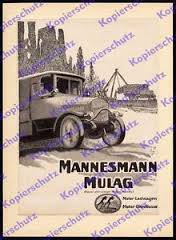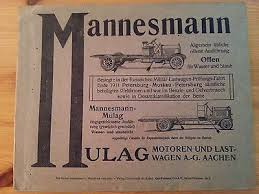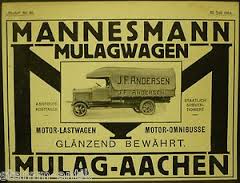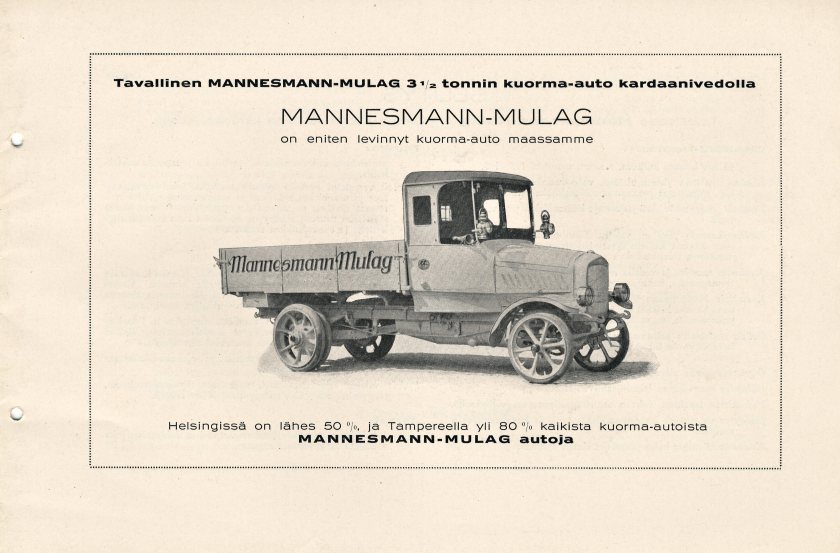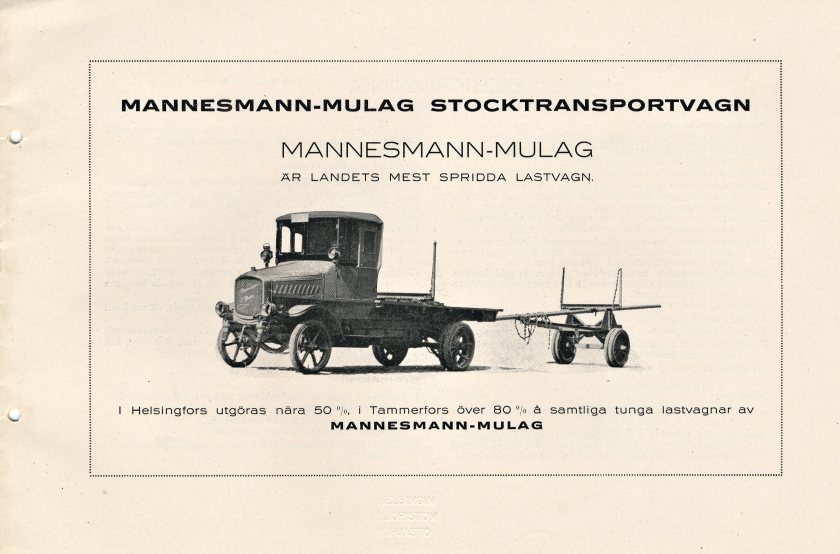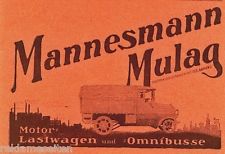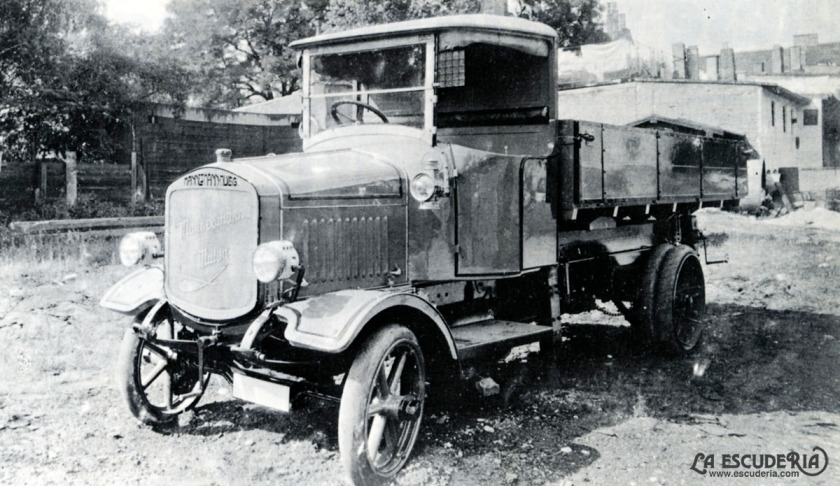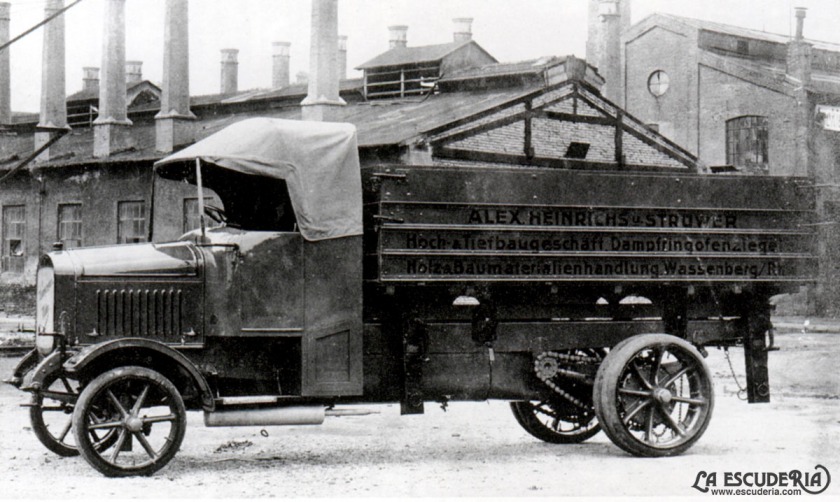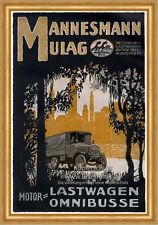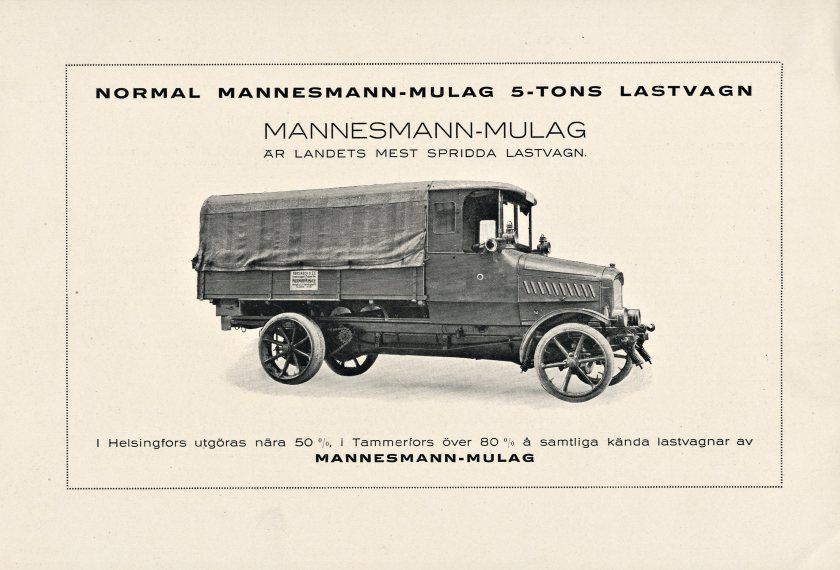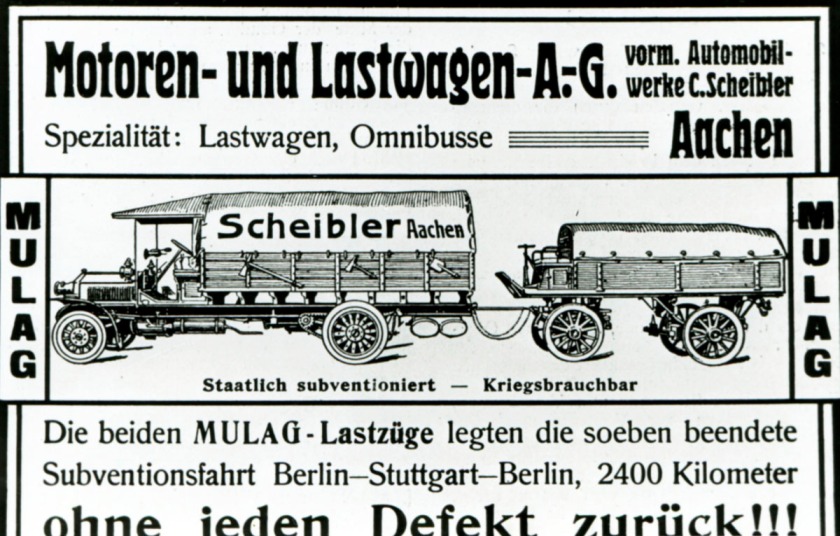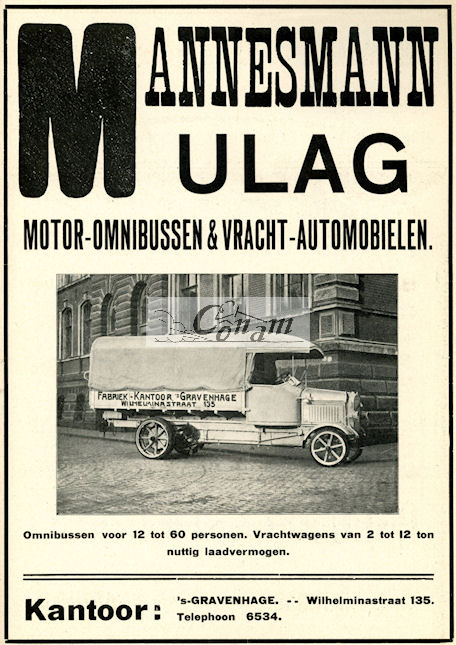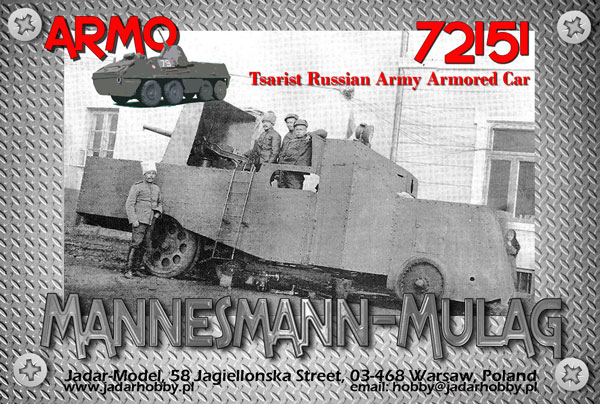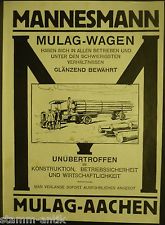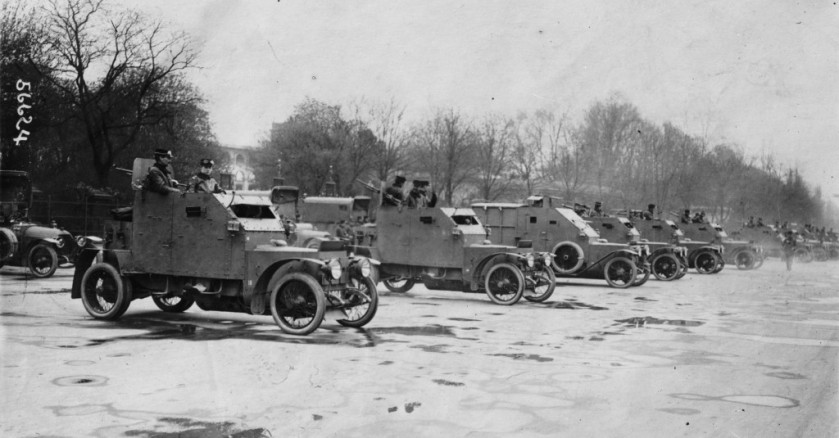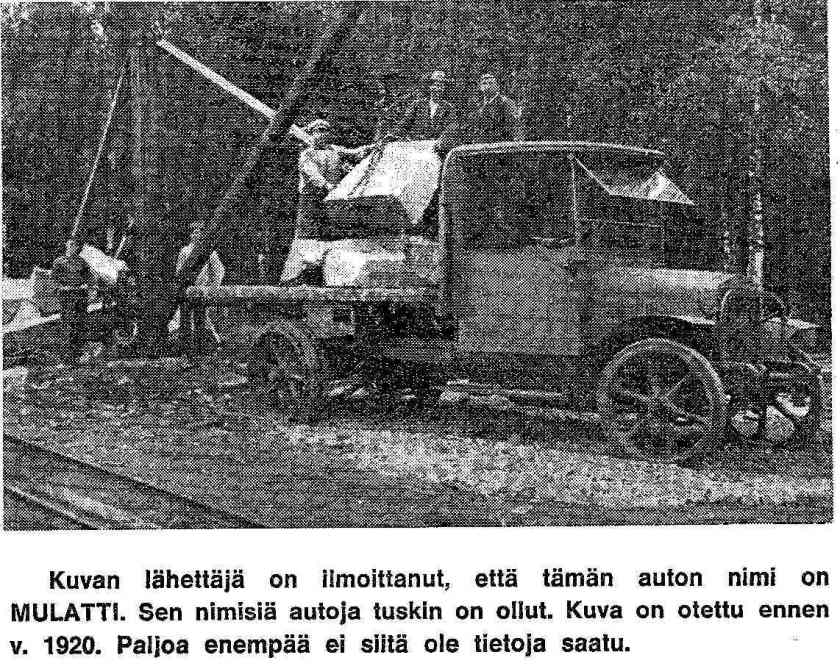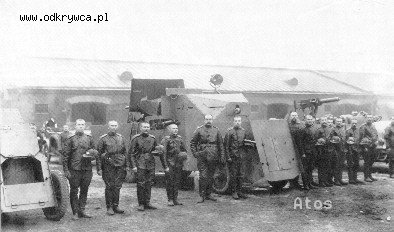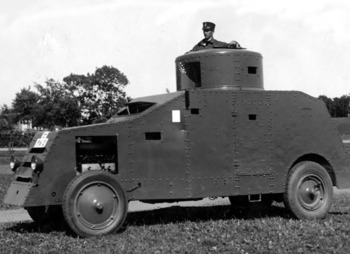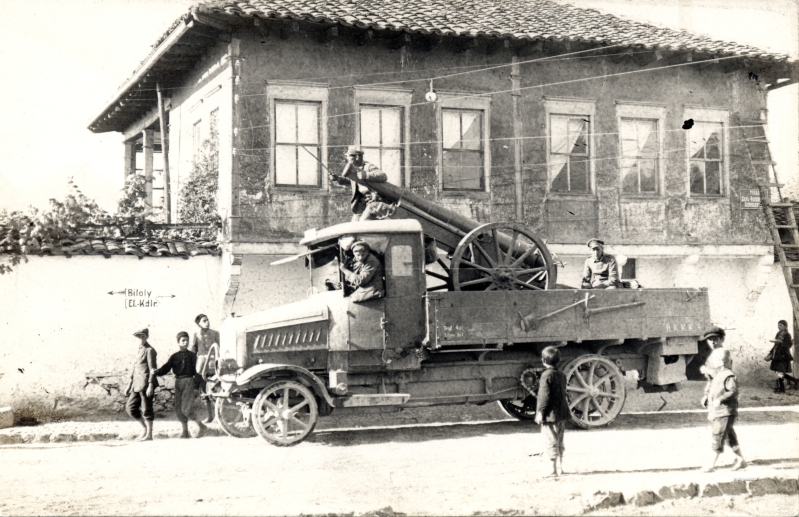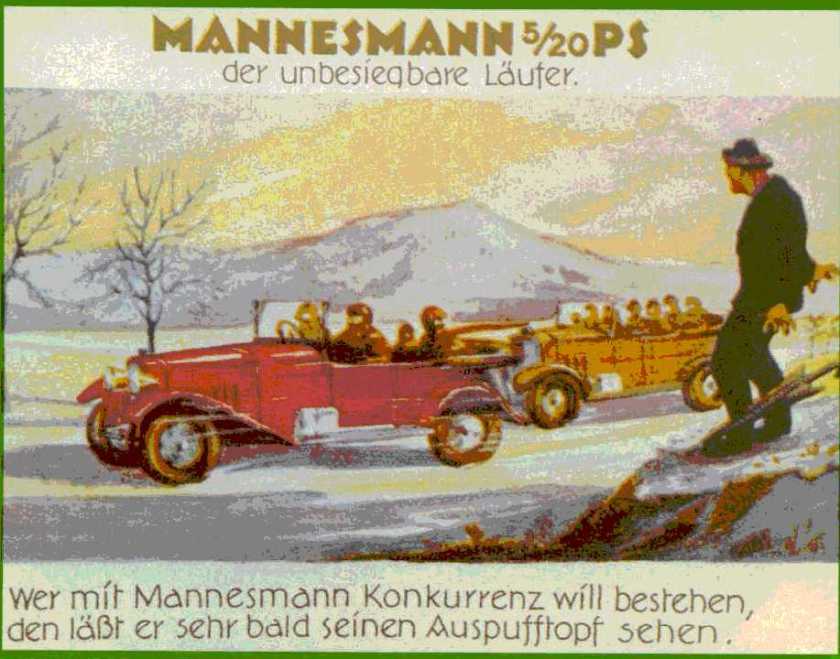Mann Egerton
| Fate | Broken-up, car dealerships acquired by Inchcape plc in 1973 |
|---|---|
| Founded | 1905 |
| Defunct | 1986 |
| Headquarters | Norwich, United Kingdom |
Mann, Egerton & Company Ltd. was an automotive and aerospace company headquartered in Norwich, United Kingdom. During its history the company was variously active in automotive retailing, aircraft manufacturing, automotive coachbuilding and electrical services.
1917 Mann Egerton Type H
Mann Egerton Type B
It was formally founded in 1905 by Gerald Mann, an electrical engineer, and Hubert Egerton, although the two had been working in partnership for a number of preceding years (the “Tern” logo used in the 1960s was often accompanied by the statement “ESTD. 1898”). Besides car dealing the company continued electrical installation work.
Mann Egerton & Co Collection
History
In 1909 the company supplied its first custom built car body for a Rolls-Royce. By 1913 it had branches across East Anglia, and in London. In 1915 the company was requested to build aeroplanes for the war effort. Some were built under licence, including 22 Short Admiralty Type 184s and 20 Short Bombers; later the company produced ten examples of its own Type B, a further development of the Short Type 184.
1920 Rolls-Royce with Mann Egerton
In the Second World War, they built vehicle bodies for the Government especially the Austin K2/Y ambulance.
The headquarters were in Prince of Wales Road, Norwich where they had a British Leyland dealership. The garage in Surrey Street Norwich had a Ford dealership and commercial vehicles and the woodworking business were run from premises on Cromer Road, Norwich. Over the years garages in several other towns were opened or acquired including central London where they sold Rolls Royce and Bentley cars, Finchley, Lowestoft, Uttoxeter, Nottingham (formerley Atkeys), Derby and Worcester.
1925 Rolls-Royce 20-25hp wears formal limousine coachwork by the Norwich-based firm of Mann Egerton
In 1964, the electrical department was sold to the Westinghouse Brake and Signal Company. Mann Egerton was acquired by Inchcape plc in 1973 though its woodworking business continued until bought out by the management in 1986. The woodworking business made school furniture. The coachbuilding business made refrigerated vehicles for companies including Findus and BirdsEye among other vehicles and was sold to Bonallock Coachbuilders.
1931 Daimler Motor-MannEgerton
1934 Bentley 3.5 Litre Mann-Egerton Saloon One-off with Red interior
1934 Mann Egerton DHC Sir R Wigan
1935 BENTLEY 3 1.5 LITRE OPEN ROADSTER PROJECTB189LH Mann Egerton
1937 Bentley 4 1-4 Litre – Mann Egerton Saloon
1937 BENTLEY 4 1-4 LITRE MANN EGERTON SALOON B41KU
1937 Bentley 4¼ Ltr Mann Egerton Sports Saloon B41KU
1937 Bentley 4¼ Ltr Mann Egerton Sports Saloon
1937-Bentley-4¼-Litre-Saloon-by-Mann-Egerton
1938 Mann Egerton, Bentley
1939 BENTLEY 4 ¼ MANN EGERTON SPORTS SALOON B114MR
1947 Mann Egerton & Company Limited of Norwich
1948 AEC Regal III with Mann Egerton B31F body
1948 HLX462 AEC Regal III Mann Egerton ex LT T792
1948 JXC314 Ex London Transport TD121 in Treaty Road, Hounslow, Middx., when owned by Hounslow Evangelical Church
1948 T792 HLX462 AEC Regal III-Mann Egerton London Transport
1948 TD95 JXC288 Leyland Tiger PS1-Mann Egerton Cobham Bus Museum Wisley Airfield
1949 AEC Regal III with Mann Egerton body, T 792, HLX 462
1949 JXC288 Leyland Tiger PS1 Mann Egerton Body Ex LT TD95
1949 L.T. T792, Regal III {9621E177} -Mann Egerton B31F
1949 Leyland Tiger PS1 Mann Egerton London Transport TD95
1949 Leyland Tiger PS1, Mann Egerton B30F bodied Single Decker Bus – TD95
1949 Leyland Tiger PS1, Mann Egerton B30F bodied Single Decker Bus
1949 TD95 one of a batch of 100 Leyland PS1-Mann Egerton
1949 TD130 (JXC 323) a Leyland Tiger PS1 with 1949 Mann Egerton B30F bodywork at Sheffield Park
1950 Leyland Mann Egerton 039-UK
1950 Mann Egerton Ad
1950 TD105 a Leyland PS1 with a Mann Egerton 30 seat body at Edgeware Station 23rd June 1962
1951 austin cxb converted to forward control busses and bodied by mann egerton gallery London
1951 Leyland Royal Tiger half deck bus body built by Mann Egerton
1951 Mann Egerton Austin with Daltons of Handsworth Birmingham
1952 Leyland PD2-12 with rare Mann Egerton H56R bodywork
1952 Mann Egerton & Co. Ltd
1952-mann-egerton-bodied-one-and-a-half-decker
1952 Norfolk, Nayland APV128 Austin CXD Mann Egerton FC32F in Colchester Bus Station
1952-Mann-Egerton-Coach-Bus-ORIGINAL-Automobile-Factory
1953 AUSTIN-CXB-MANN-EGERTON-GREEN-GREY
1953 Mann Egerton Brochure
1953 Mann Egerton & Co. Ltd
1954 Leyland Mann Egerton © Traveller Homes
1954 Leyland PD3A 1 – Mann Egerton Lorry
1954 Mann Egerton Ad
1954 Mann Egerton DD body Bus 1626
1955 Ford Thames with Mann Egerton crane
1955 MJH510-Brunts-Hatfield-AEC-Regent-Mann-Egerton
1957 Mann Egerton bodied AEC Regal III T791 (HLX 461) and RF695
1958 MANN EGERTON FOR TRIUMPH
1959 Leyland Comet, Mann Egerton export body
1964 Mann Egerton Ford
1964 Rover 2000 P6 ad
1971 MANN EGERTON – LONDON ROLLS ROYCE ADVERT
1971-Rolls-Royce-Silver-Shadow-Mann-Egerton-Ad
1972 Bedford RL 4×4 Mann Egerton breakdown lorry, HBH 736K © Roger Mardon
1978 MANN EGERTON ADVERT – JAGUAR XJS
Austin Service Mann Egerton Austin K8
Breakdown cranes from Mann Egerton and Co. Ltd
Crossley 20hp with Mann Egerton body
mann.egerton
OC7 Mann Egerton
Austin K2/Y
TypeMilitary ambulancePlace of originUKService historyIn serviceSecond World War and after in a number of countriesProduction historyManufacturerAustin Motor Company andMann EgertonProduced1939 – 1945Number built13 102SpecificationsWeight3 tons 1½ cwt (3124 kg) (dry)Length18 ft (5.49 m)Width7 ft 5 in (2.26 m)Height9 ft 2 in (2.79 m)Crew2–3
ArmourNoneEngineAustin 6-cylinder, 3462 cc,petrol,
60 hp at 3000 rpm, 153 lbfft(207.4 Nm) at 1200 rpmPayload capacity4 stretchers or 10 “walking wounded“SuspensionWheels 4 × 2, 10.50 – 16 tyresSpeed50 mph (80 km/h)
The Austin K2/Y was a British heavy military ambulance used by all services during World War II, built by the Austin Motor Company. It was based on the civilian light truck Austin K30, with the main difference being the simplified driver’s cab. The cab had no doors, it was only protected by canvas. The rear body, known as No. 2 Mk I/L was developed by the Royal Army Medical Corps and built bycoachbuilder Mann Egerton. It could take ten casualties sitting or four stretcher cases. The interior dimensions were approximately 2.6 meters long, 2.0 meters wide and 1.7 meters high. At the rear of the vehicle there were two large doors. From the driver’s cab the wounded could also be accessed through a small door with a seat. One veteran stated he carried 27 wounded at one point in the North African Campaign; this involved seating passengers on the wings, bonnet, and rear steps and even using rifles to suspend extra stretchers across the walkway in the back; he was mentioned in dispatches for this feat.
13 102 Austin K2/Y ambulances were built at Austin’s Longbridge plant almost continuously from 1940 until the war ended. An estimated 50 or more remain today. The Austin chassis was one of three main designs fitted with Mann Egerton bodies, the others being Morris Commercial CS11/30F and Bedford ML 54. It is estimated there are two remaining Morris Commercials, but no Bedford examples are said to survive.
The Austin K2 was generally regarded as having a widely spaced four-speed gearbox that needed to be “understood”, but once mastered provided good service. One person who did master it was the then Princess Elizabeth, who drove one during the war.[1] [2] [3] It had two petrol tanks, one on each side (total capacity: approx. 2 × 12 Imperial gallons (2 × 54.5 l)). The top speed was around 50 mph (80 km/h). The K2 (KTwo) was often affectionately nicknamed “Katy”.
The design was popular with British, Commonwealth and also American troops, being an example of reverse Lend-Lease.
After the end of World War II the K2/Y was also used in the Korean War.
This type of ambulance was the “star” of the film Ice Cold in Alex (1958) featuring John Mills, Sylvia Syms, Anthony Quayle and Harry Andrews.
Three Austin K2/Y ambulances participated in the VE-VJ days 50th anniversary parade down the Mall in London on 19 August 1995.
Gallery
HRH Princess Elizabeth and the K2/Y
-
HRH Princess Elizabeth in the Auxiliary Territorial Service (ATS) in front of an Austin K2/Y Ambulance, April 1945.
-
HRH Princess Elizabeth, a 2nd Subaltern in the Auxiliary Territorial Service, wearing overalls and standing in front of an L-plated truck. In the background is an Austin K2/Y Ambulance, 1945.
K2/Y Exterior
-
Austin K2/Y Ambulance at the RAFBF 90th Birthday Air Show, East Kirkby, 2009.
-
Austin K2/Y Ambulance with bell at Liberation Day, 9 May 2010, Jersey.
-
Austin K2/Y Ambulance at the RAF Museum, London.
-
Sideview of an Austin K2/Y Ambulance at the War and Peace show 2010.
K2/Y Interior
K2/Y in Action
-
An Austin K2/Y ambulance in France, 9 May 1940.
-
Ambulance crews of the First Aid Nursing Yeomanry (FANYs) stowing stretchers aboard their Austin K2/Y ambulances, Colchester, 3 May 1941.
-
Casualties being tended at a field dressing station in North Africa, June 1942. In the background is an Austin K2/Y ambulance.
-
Men wait on and beside their British-made crash tender and an Austin K2/Y ambulance (note the American star), in case of emergency, as aB-17 Flying Fortresslands at an American airfield, somewhere inBritain, after a mission over the Ruhr in 1943. The engines of the trucks are kept running and the men are alert at their posts, ready to move into action. The aircraft features the letters UX, indicating that it is an aircraft of 407 Squadron, 92nd Bombardment Group.
-
A casualty, evacuated from the front line in the Arakan, Burma, by a Vultee Stinson L-5 Sentinel (left), is transferred to a waiting Austin K2/Y ambulance on arrival at a base station 1943 – 1944. Behind the ambulance, a Hawker Hurricane runs up its engine.
-
A British Army Austin K2/Y ambulance pulls up in front of a line of Douglas Dakota Mark IIIs at Catania, Sicily, between 1942 and 1945.
-
A casualty is carried by Civil Defence stretcher-bearers past an Austin K2/Y ambulance of theAmerican Ambulances in Great Britain following a devastating V-1 flying bomb attack in the Highland Road and Lunham Road area of Upper Norwood, London SE19, 1944.
-
Wounded soldier being assisted to an awaiting Austin K2/Y ambulance from an (unseen) LST (Landing Ship, Tank) at Hardway, Gosport. These were some of the first casualties to arrive back from the invasion of Europe in June 1944.
-
Casualties being evacuated back to Britainon an RAF Dakota during the Normandy Campaign, 10 July 1944. To the left is an Austin K2/Y ambulance.
-
Wounded men being transferred from parked Austin K2/Y ambulances to Hospital Tank Landing Ship LST 428 at low tide through the bow doors. She is helping to transport casualties, including enemy wounded from Courseulles-sur-Mer, France to the United Kingdom, August 1944.
-
Austin K2/Y ambulances driving towards the pierhead at the Mulberry artificial harbor at Arromanches-les-Bains, September 1944.
-
Finnish ambulances (the one in the upper left corner is an Austin K2/Y) on a Petsamo road crossing a crater blown by retreating Germans during the Lapland War, October – November 1944.
-
Wounded soldiers being loaded from a number of Austin K2/Y ambulances into a hospital train in Belgium, March 1945. (Note the stripes on the spare wheel bulge.)
-
Men of 11 Light Field Ambulance, Royal Army Medical Corps, wearing protective clothing, using an Austin K2/Y ambulance to evacuate an inmate suffering from typhus from Bergen-Belsen concentration camp No 1. By 2 May 1945, 6 500 of the sick had been evacuated to hospital.
